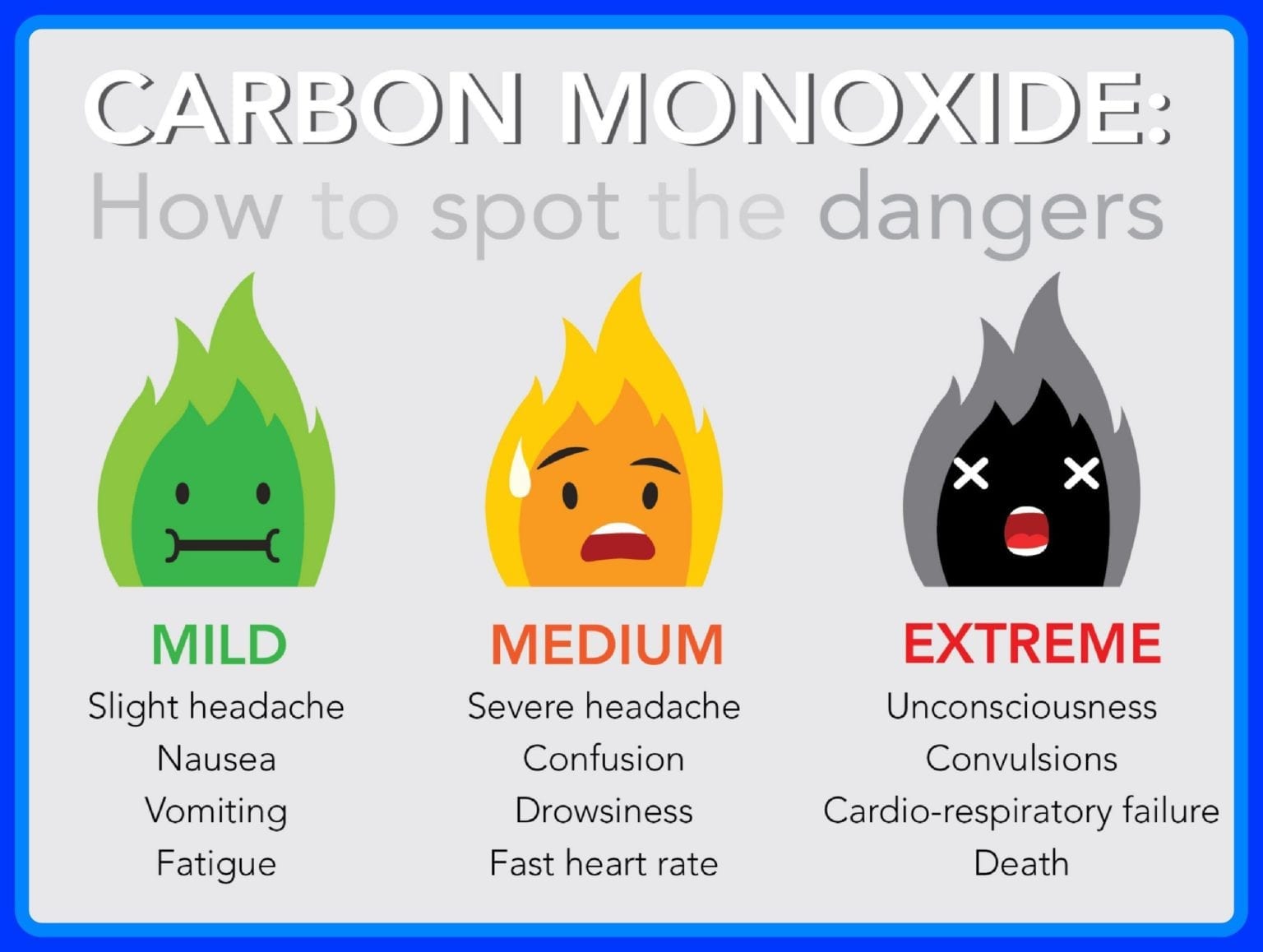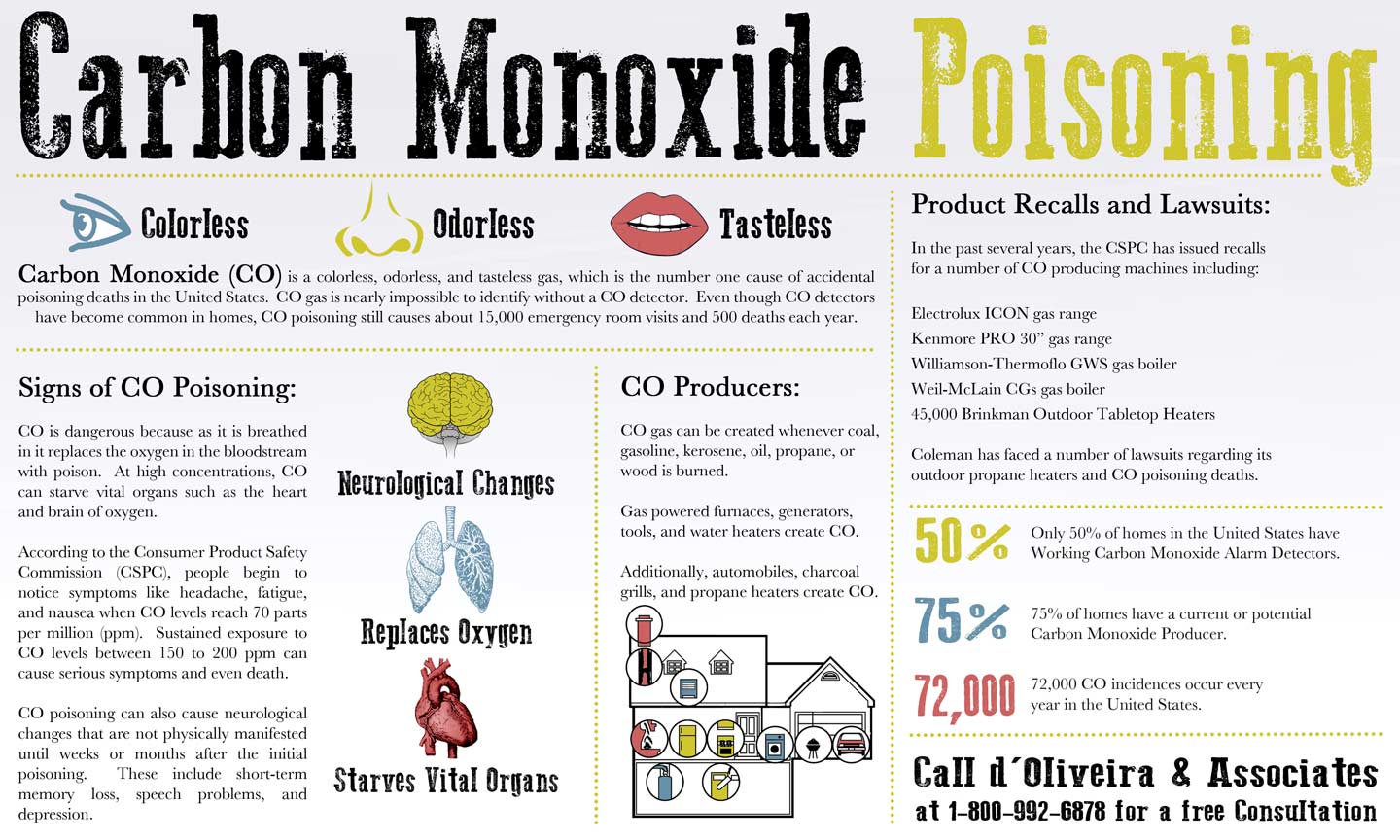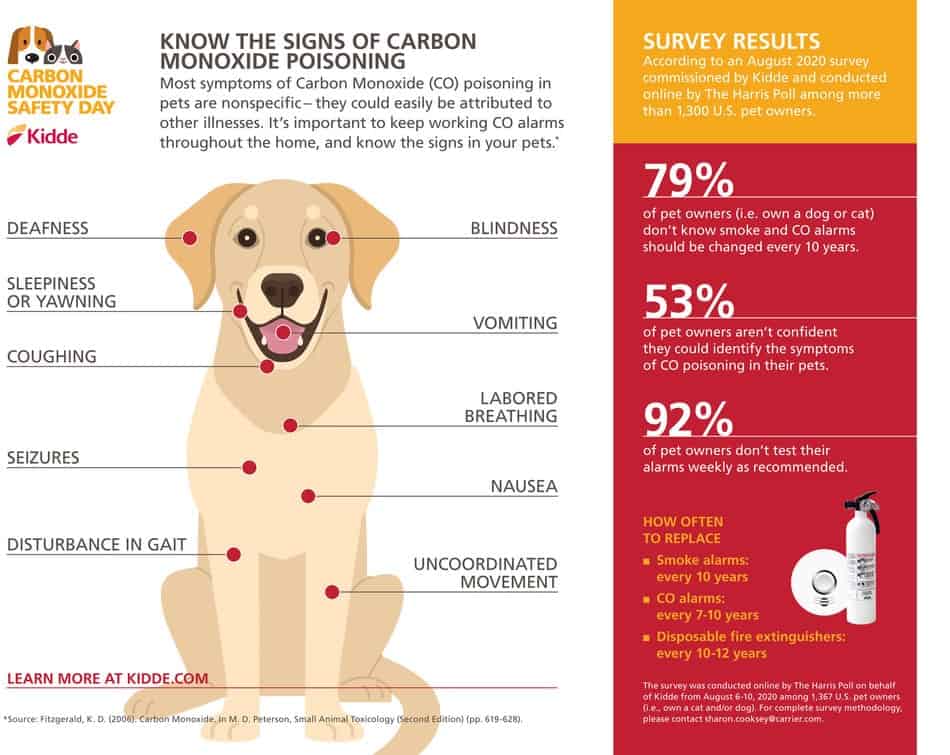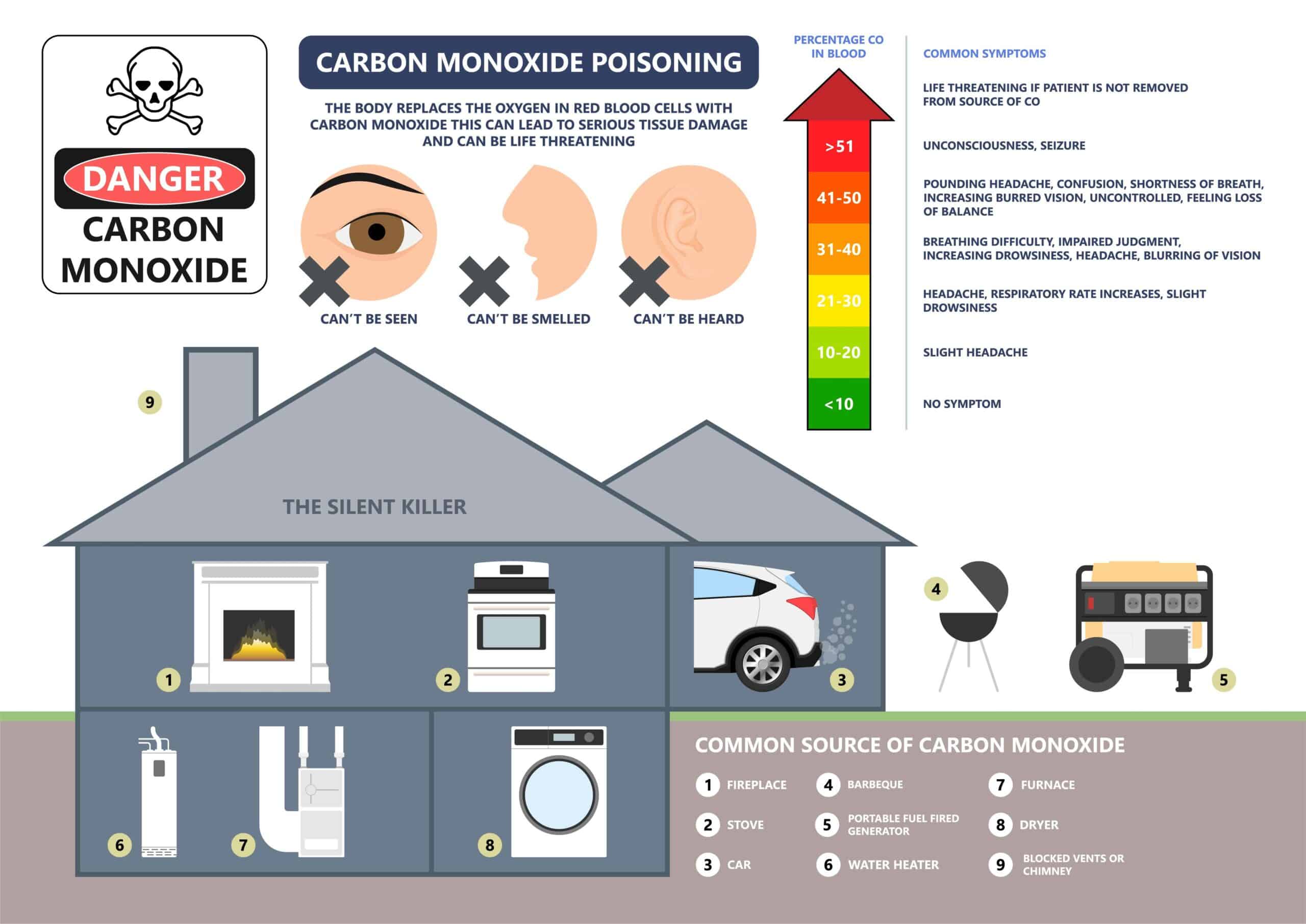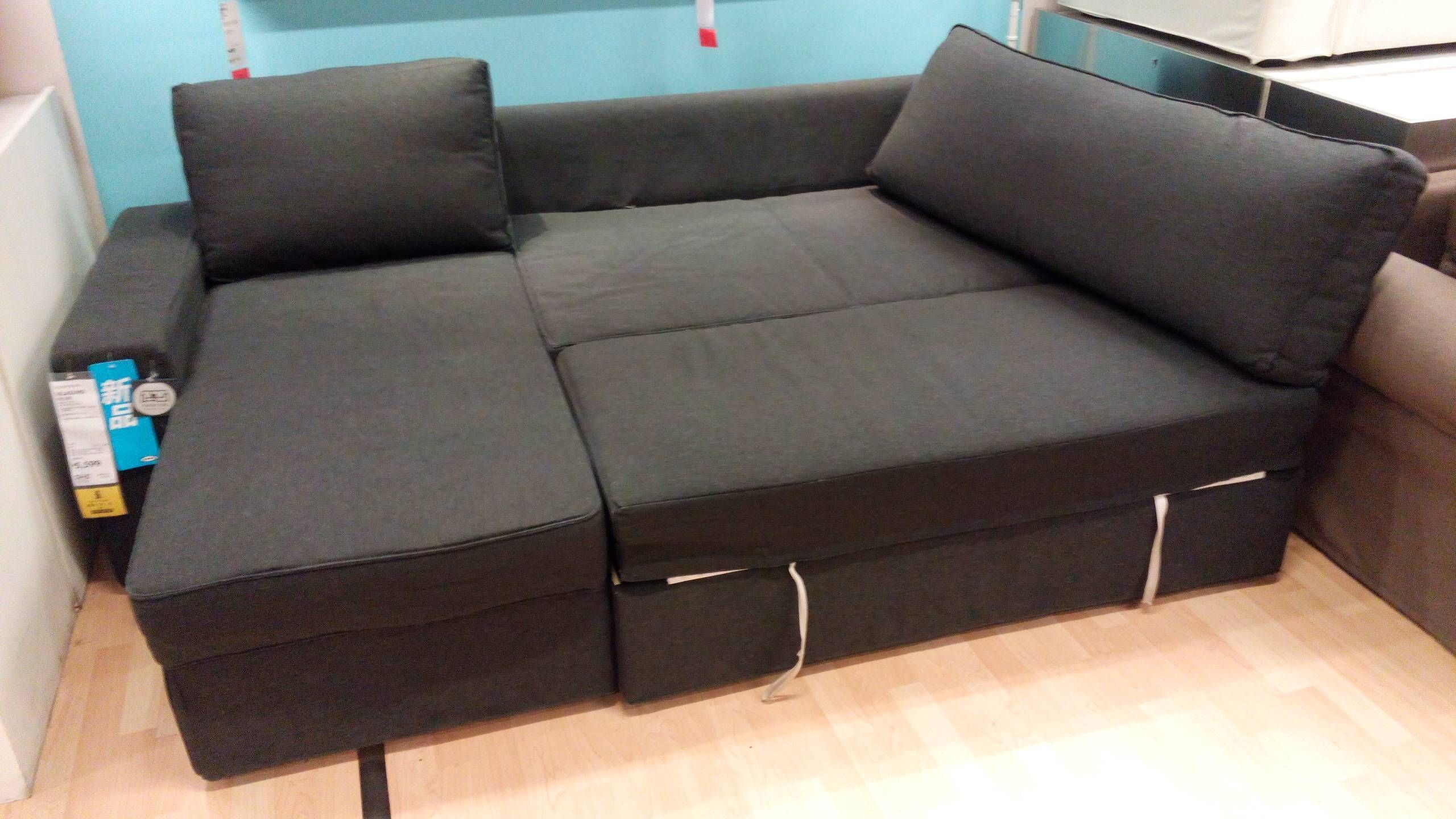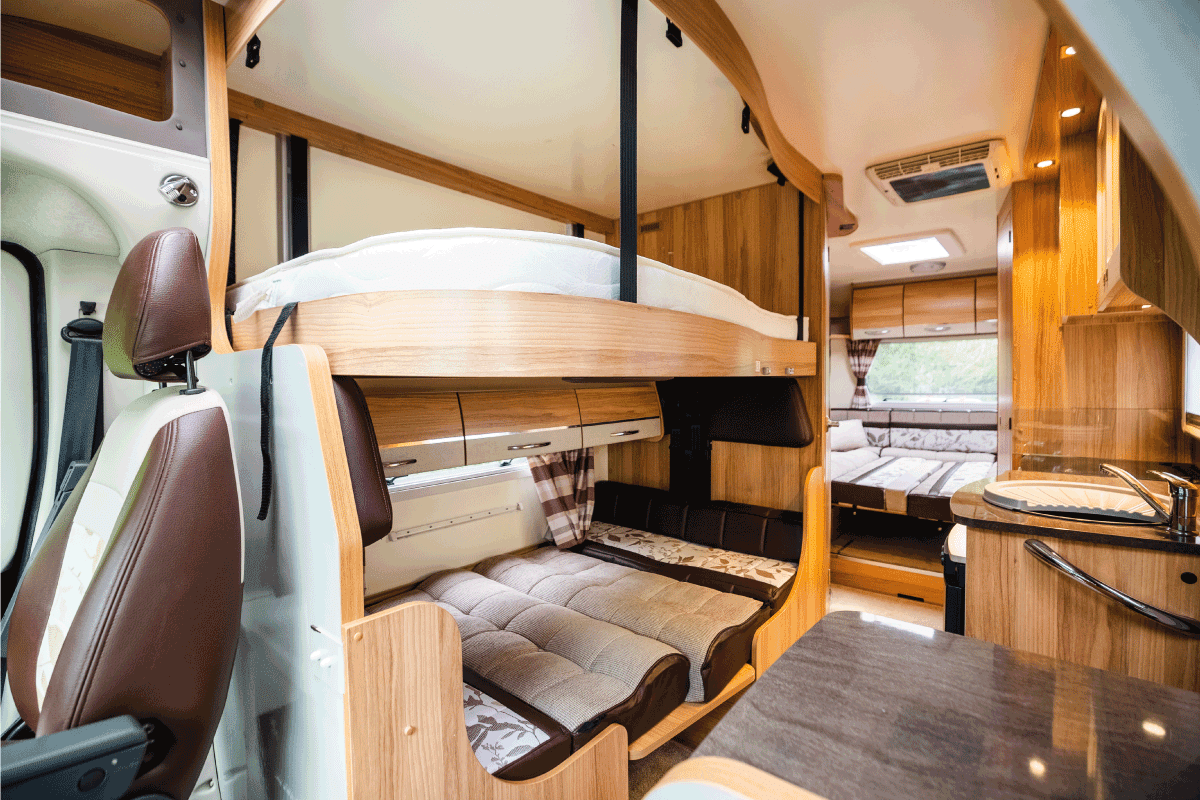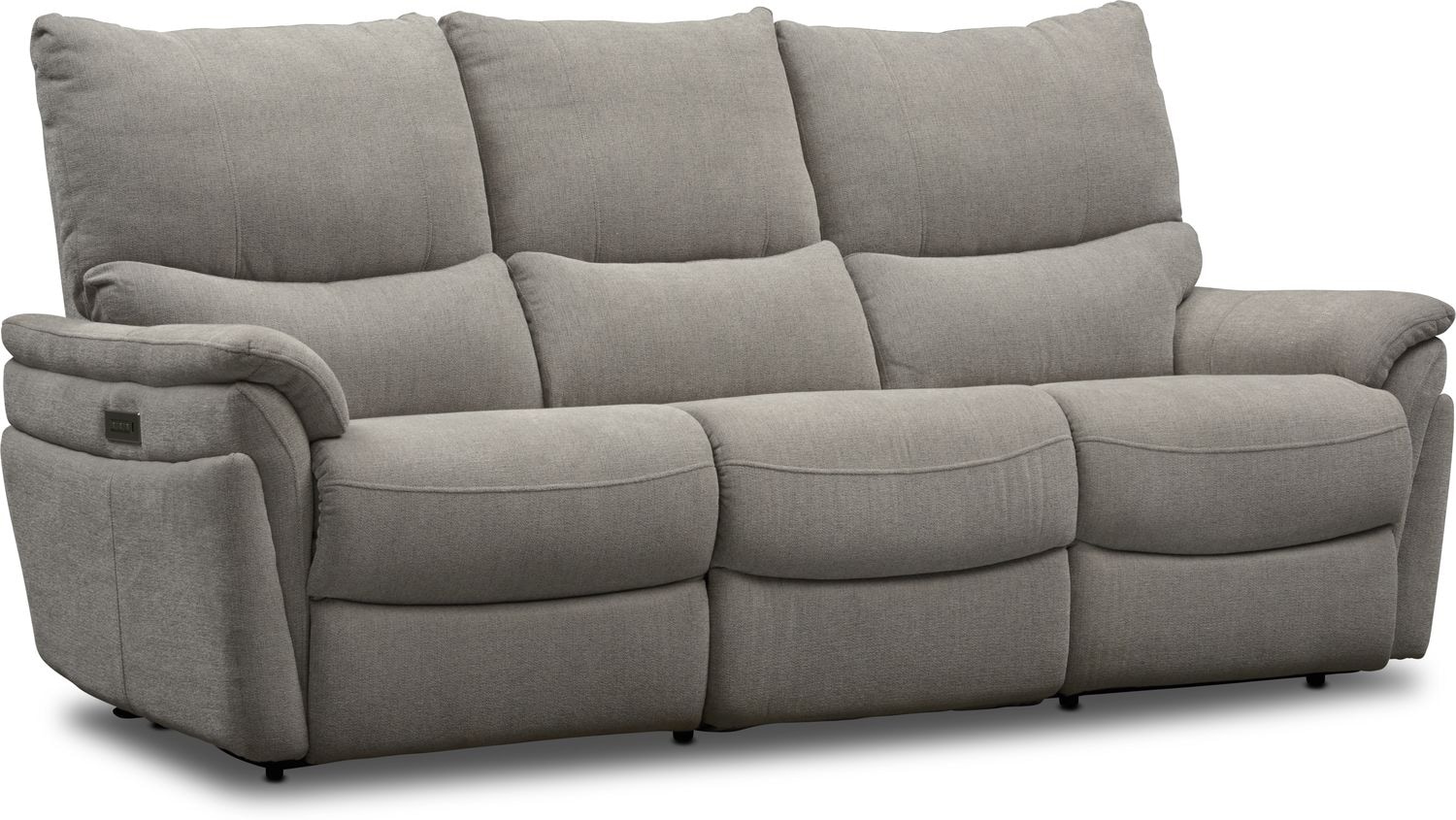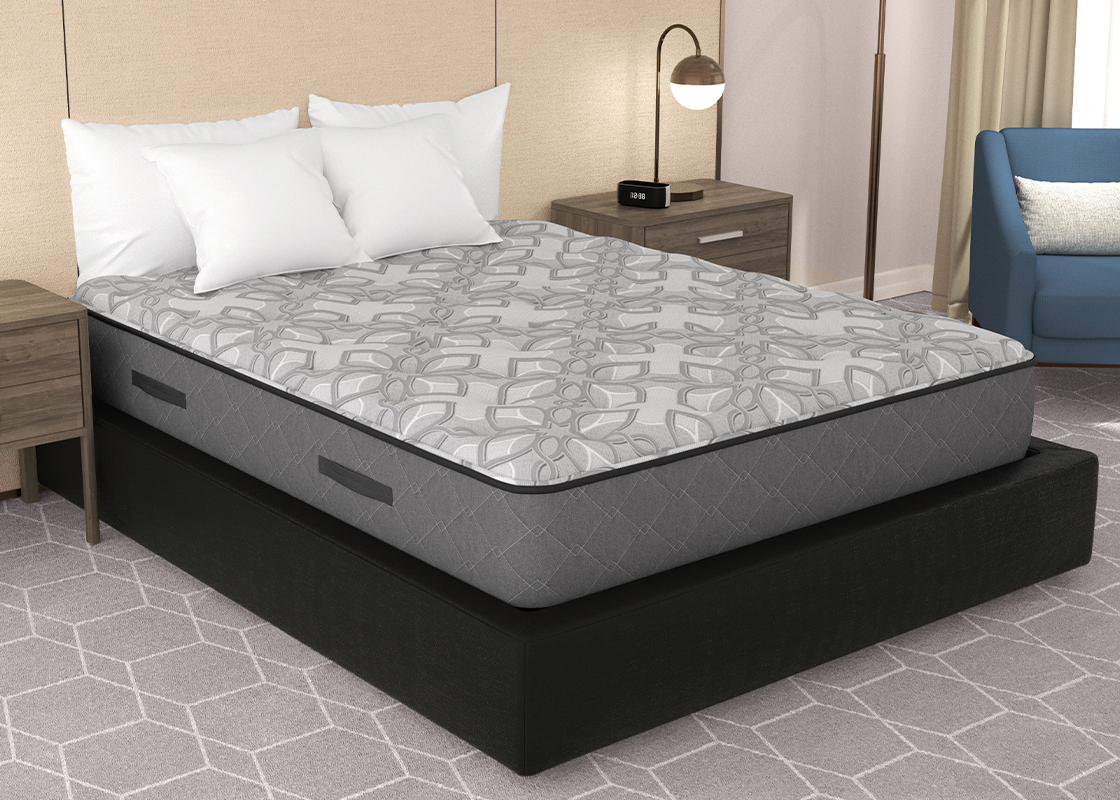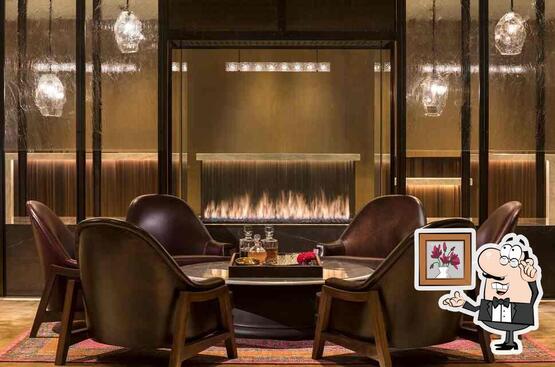Fire Hazard
The living room is a place where we gather with family and friends, light candles and cozy up by the fireplace. However, these common activities can also pose a fire hazard if not done carefully. Unattended candles or faulty wiring can easily lead to a fire, putting everyone in the room at risk. It is important to always be cautious when using any type of fire source in the living room and to have a fire extinguisher nearby in case of emergency.
Electrical Hazard
Many of our modern appliances and devices run on electricity, making it an essential part of our daily lives. However, the living room may have several electrical hazards that we may not even be aware of. Overloaded outlets, frayed wires, and faulty appliances can all lead to electrical shock or fire. It is important to regularly check all electrical cords and outlets in the living room and to replace any damaged or outdated appliances to prevent any accidents from happening.
Slippery Floors
The living room is often a high-traffic area, making it more susceptible to spills and messes. These can create slippery floors that can easily cause someone to slip and fall. This is especially dangerous for young children and the elderly. It is important to quickly clean up any spills and to use non-slip rugs or mats in areas where there is a higher risk of slips and falls.
Sharp Objects
From coffee tables to picture frames, there are many sharp objects that can be found in a typical living room. These can easily cause injuries if not handled carefully. It is important to keep sharp objects out of reach of children and to properly secure them to prevent them from falling and causing harm.
Furniture Tip-Over
The living room is often filled with furniture such as sofas, bookshelves, and TV stands. These may seem stable, but they can easily tip over and cause serious injuries, especially for young children who may try to climb on them. It is important to properly secure all furniture to the wall and to avoid placing heavy objects on top of furniture that can make it more likely to tip over.
Choking Hazards
The living room may also have small objects such as toys, batteries, and coins that can easily become choking hazards, especially for young children. It is important to keep these items out of reach and to regularly check the living room for any small objects that may have been dropped or left behind.
Poisonous Substances
Many household cleaners and plants can be toxic if ingested. These can often be found in the living room, making it important to keep them out of reach of children and pets. It is also important to properly label all household cleaners and to avoid having any toxic plants in the living room.
Tripping Hazards
From loose cables to rugs that are not properly secured, there are many tripping hazards that can be found in the living room. These can easily cause someone to trip and fall, leading to injuries. It is important to keep all cables and cords organized and to secure any loose rugs to prevent accidents from happening.
Window Falls
Windows in the living room can provide beautiful views and natural light, but they can also pose a danger if not properly secured. Unsecured windows can be a fall hazard, especially for young children who may climb on furniture near the window. It is important to install window guards or locks to prevent any falls from happening.
Carbon Monoxide Poisoning
Carbon monoxide is a colorless and odorless gas that can be produced by gas appliances and fireplaces. If not properly ventilated, it can lead to carbon monoxide poisoning, which can be fatal. It is important to regularly check and maintain all gas appliances in the living room and to install a carbon monoxide detector to ensure the safety of everyone in the room.
The Importance of Understanding Hazard and Risk in Designing Your Living Room

What is Hazard and Risk?
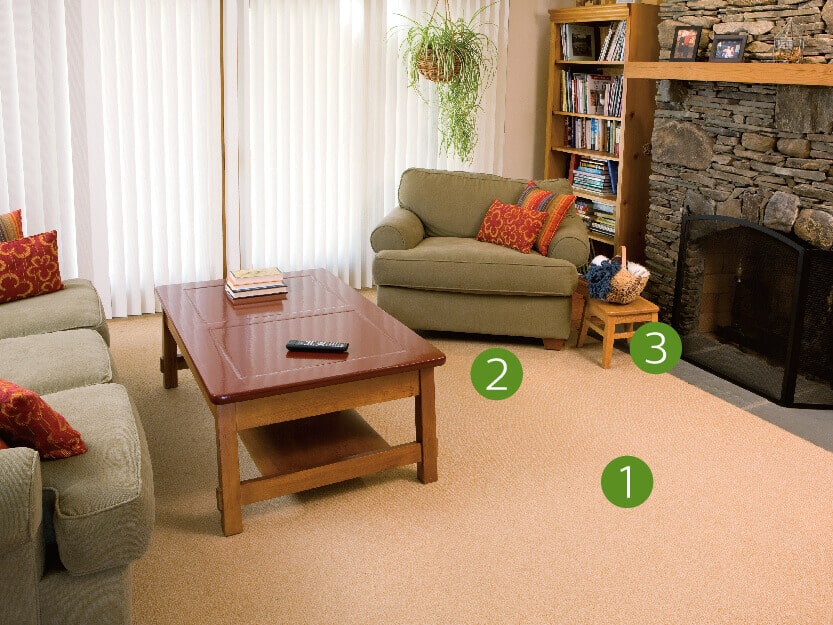 When designing your living room, it is important to consider not only aesthetic and functionality, but also
hazard and risk
. Hazard refers to anything that has the potential to cause harm, while risk is the likelihood of that harm occurring.
Living rooms
are often the heart of a home, where families gather and spend a significant amount of time. Therefore, it is crucial to create a safe and secure environment in this space.
When designing your living room, it is important to consider not only aesthetic and functionality, but also
hazard and risk
. Hazard refers to anything that has the potential to cause harm, while risk is the likelihood of that harm occurring.
Living rooms
are often the heart of a home, where families gather and spend a significant amount of time. Therefore, it is crucial to create a safe and secure environment in this space.
Identifying Hazards in Your Living Room
 There are various
hazards
that can be found in a living room, such as
electrical
outlets, furniture with sharp edges, and
slippery
rugs. It is important to identify these hazards and take necessary measures to eliminate or minimize them. For example, covering outlets with
child-proof
covers, padding sharp edges of furniture, and securing rugs with non-slip pads.
There are various
hazards
that can be found in a living room, such as
electrical
outlets, furniture with sharp edges, and
slippery
rugs. It is important to identify these hazards and take necessary measures to eliminate or minimize them. For example, covering outlets with
child-proof
covers, padding sharp edges of furniture, and securing rugs with non-slip pads.
The Role of Design in Reducing Risk
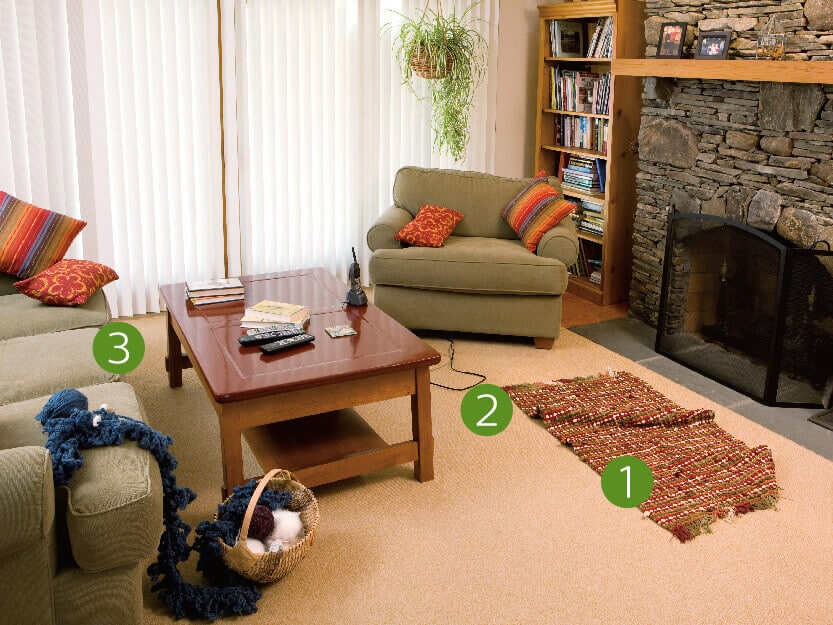 While hazards can be found in any living room,
design
plays a crucial role in reducing
risk
. A well-designed living room can
minimize
the likelihood of accidents and injuries. For instance, choosing furniture with rounded edges, selecting non-slip flooring, and ensuring proper lighting can all contribute to reducing risk in the living room.
While hazards can be found in any living room,
design
plays a crucial role in reducing
risk
. A well-designed living room can
minimize
the likelihood of accidents and injuries. For instance, choosing furniture with rounded edges, selecting non-slip flooring, and ensuring proper lighting can all contribute to reducing risk in the living room.
Other Factors to Consider
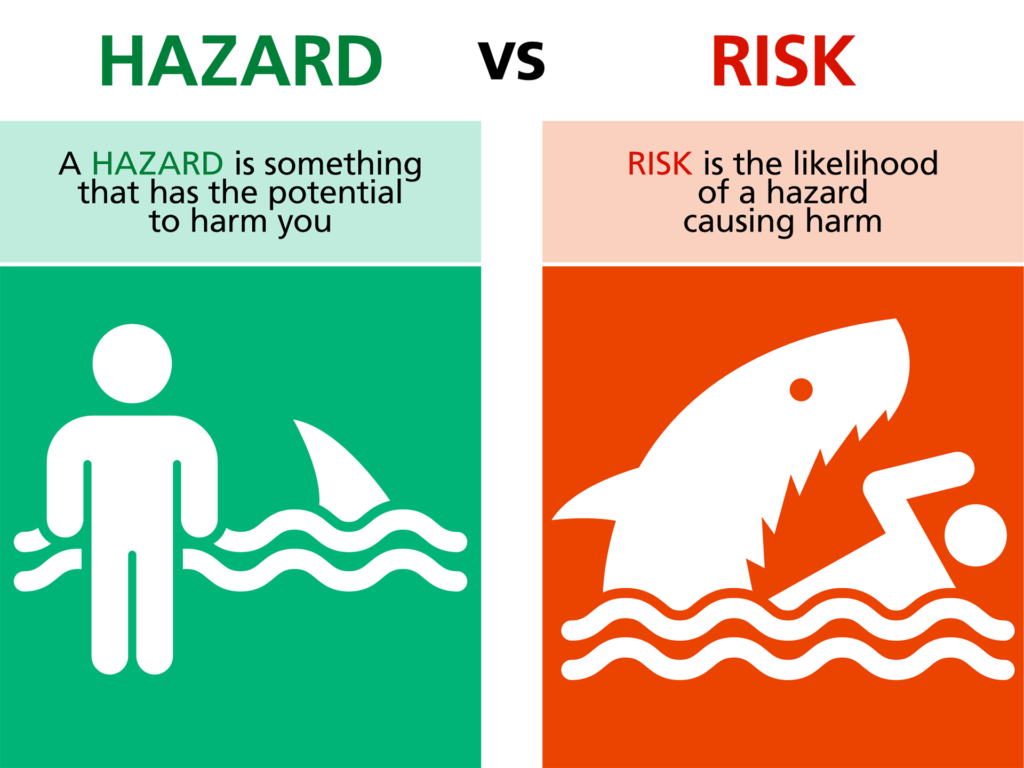 Apart from furniture and layout, there are other factors to consider when it comes to
hazard and risk
in the living room. These include the
age
and
mobility
of family members, as well as any
pets
in the household. For example, households with young children may need to take extra precautions, such as installing safety gates and securing heavy furniture to the wall.
In conclusion, while designing your living room, it is important to keep
hazard and risk
in mind. By identifying hazards and implementing appropriate design measures, you can create a safe and secure living room for you and your family to enjoy. Remember to regularly assess and update safety measures as your household and needs change. Your living room should not only be beautiful and functional, but also a safe haven for your loved ones.
Apart from furniture and layout, there are other factors to consider when it comes to
hazard and risk
in the living room. These include the
age
and
mobility
of family members, as well as any
pets
in the household. For example, households with young children may need to take extra precautions, such as installing safety gates and securing heavy furniture to the wall.
In conclusion, while designing your living room, it is important to keep
hazard and risk
in mind. By identifying hazards and implementing appropriate design measures, you can create a safe and secure living room for you and your family to enjoy. Remember to regularly assess and update safety measures as your household and needs change. Your living room should not only be beautiful and functional, but also a safe haven for your loved ones.
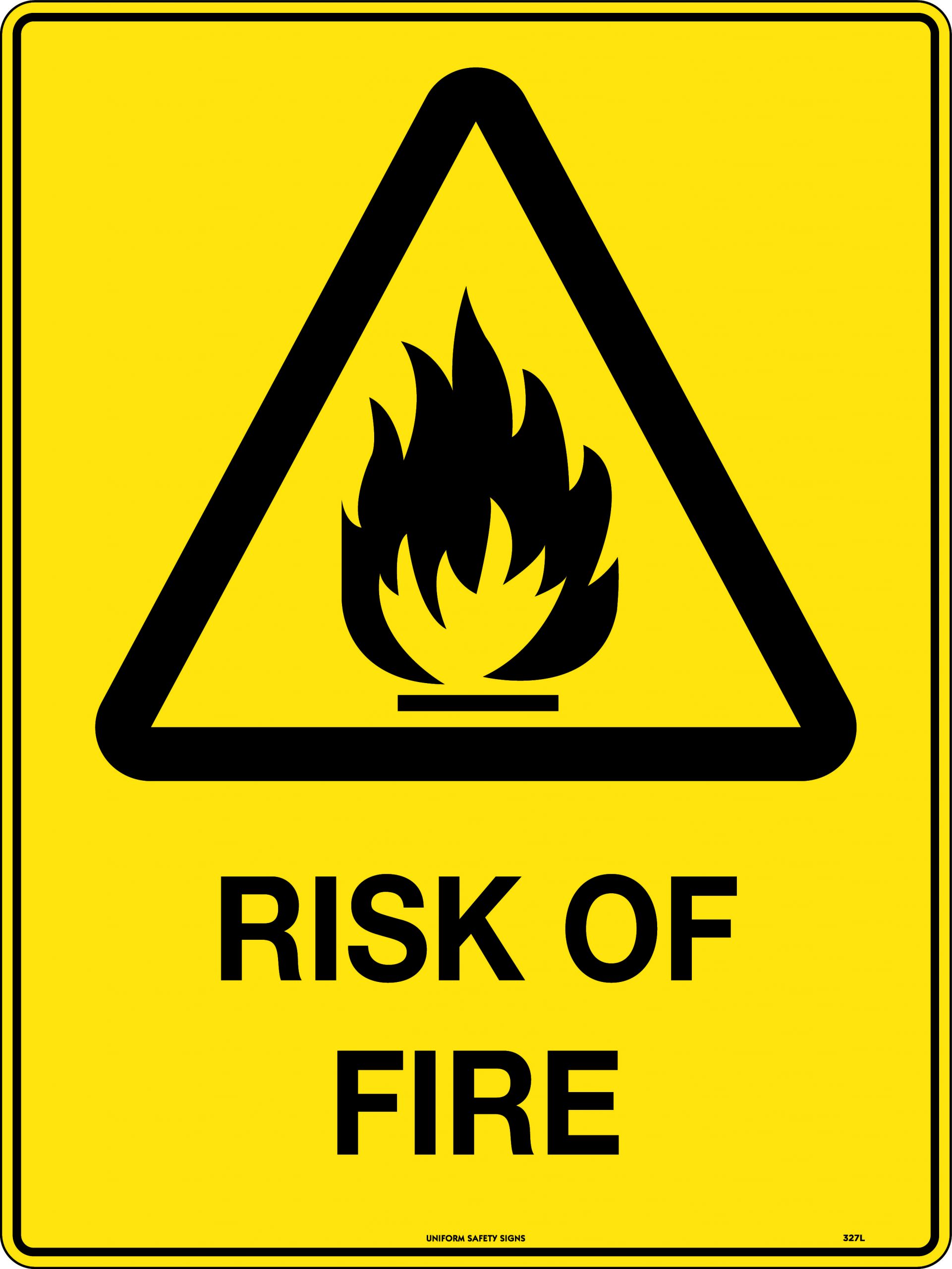
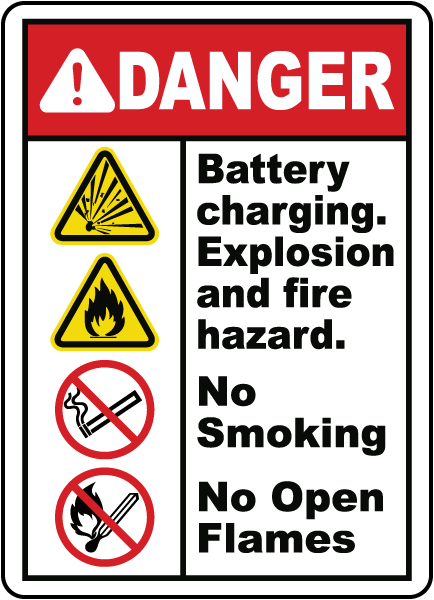
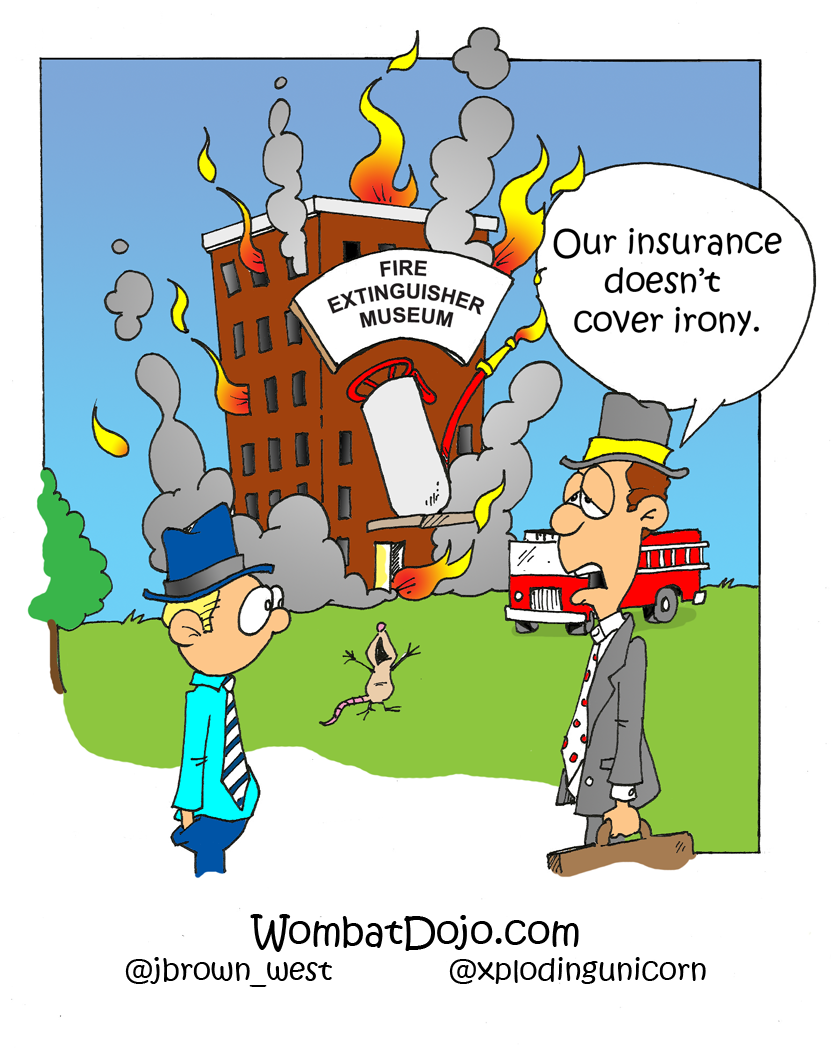
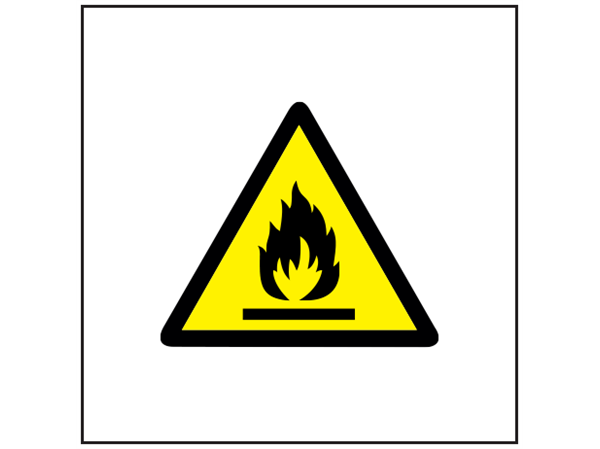
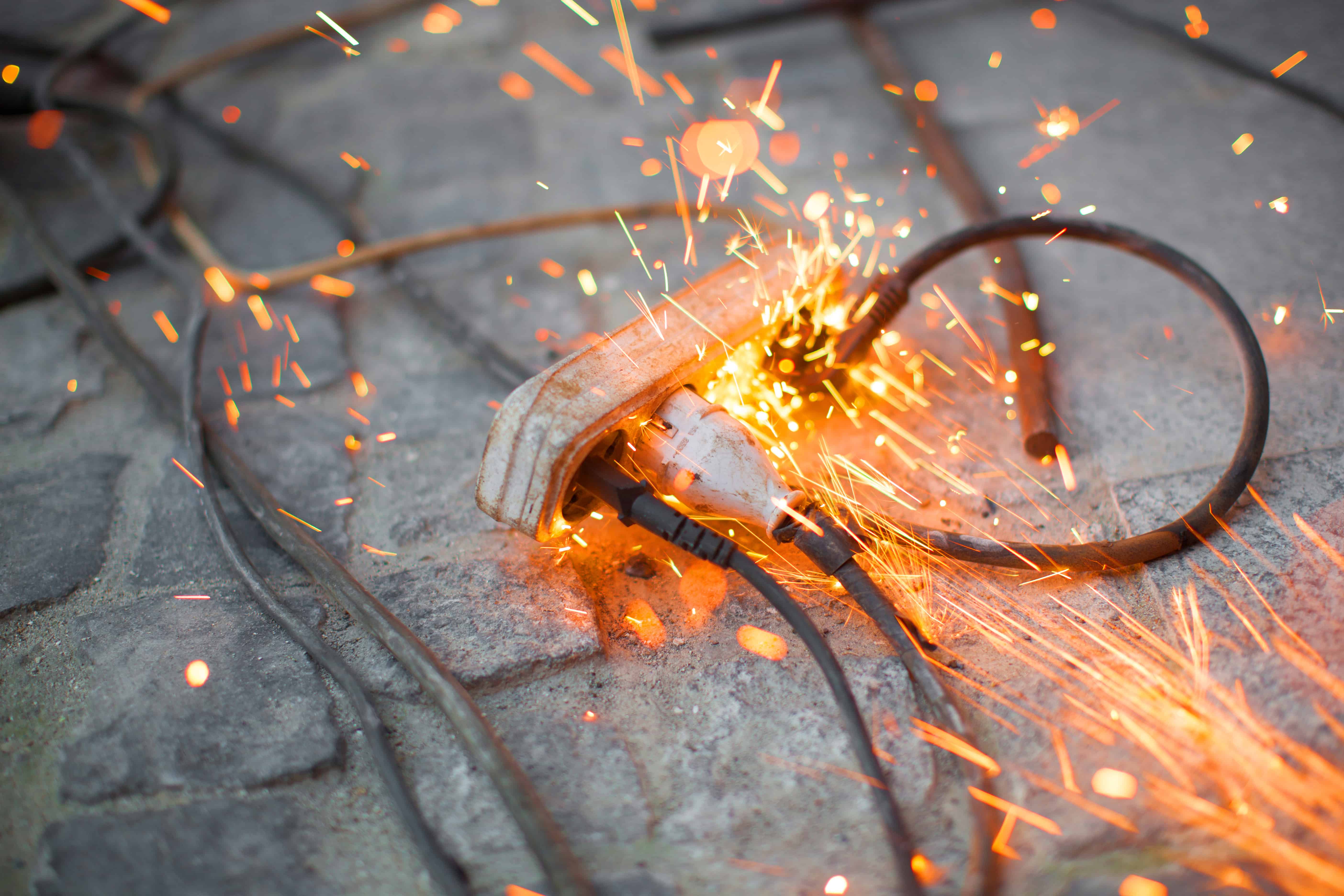
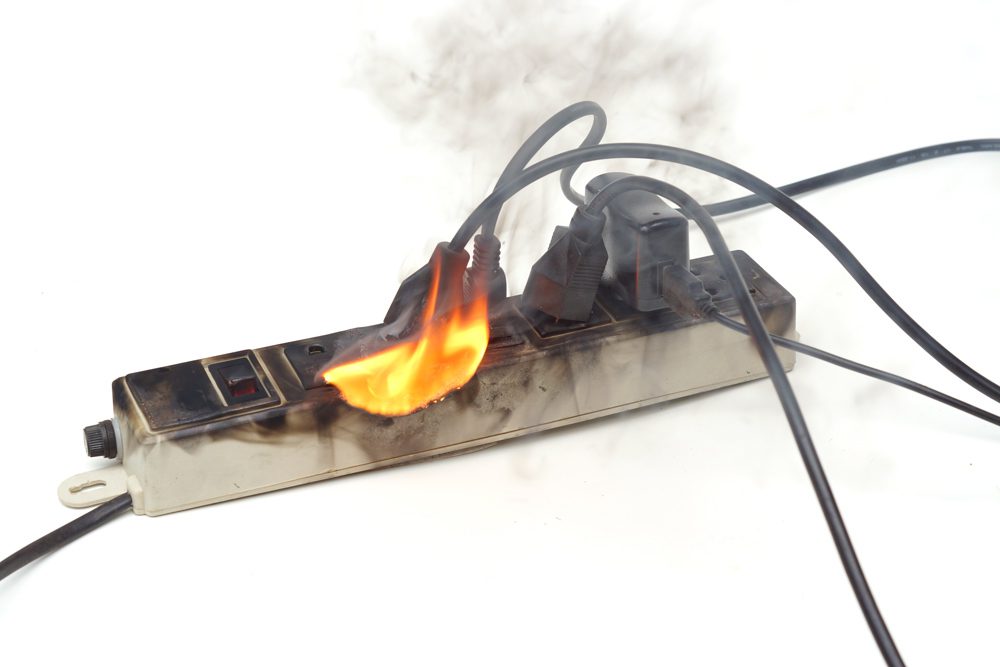
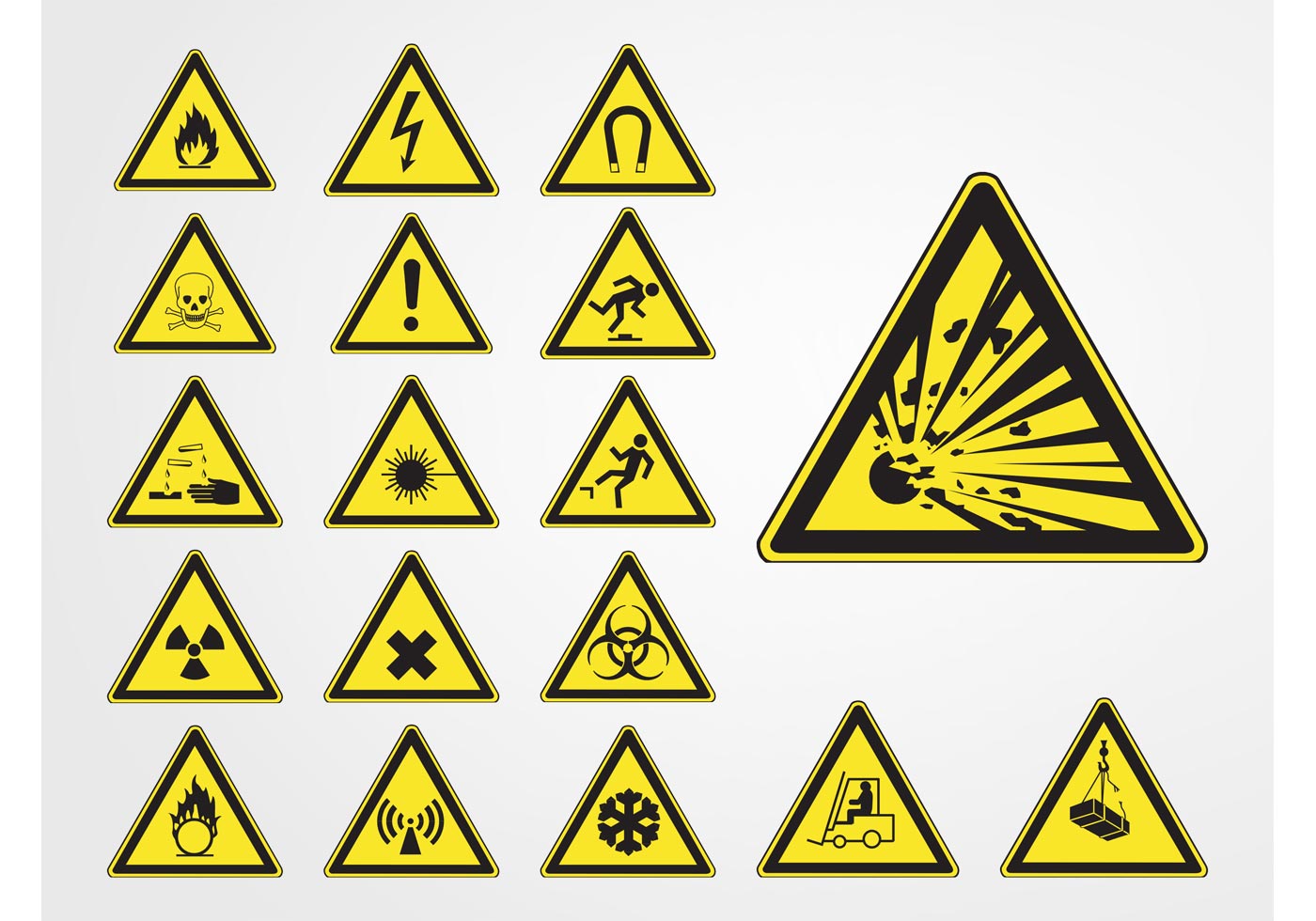

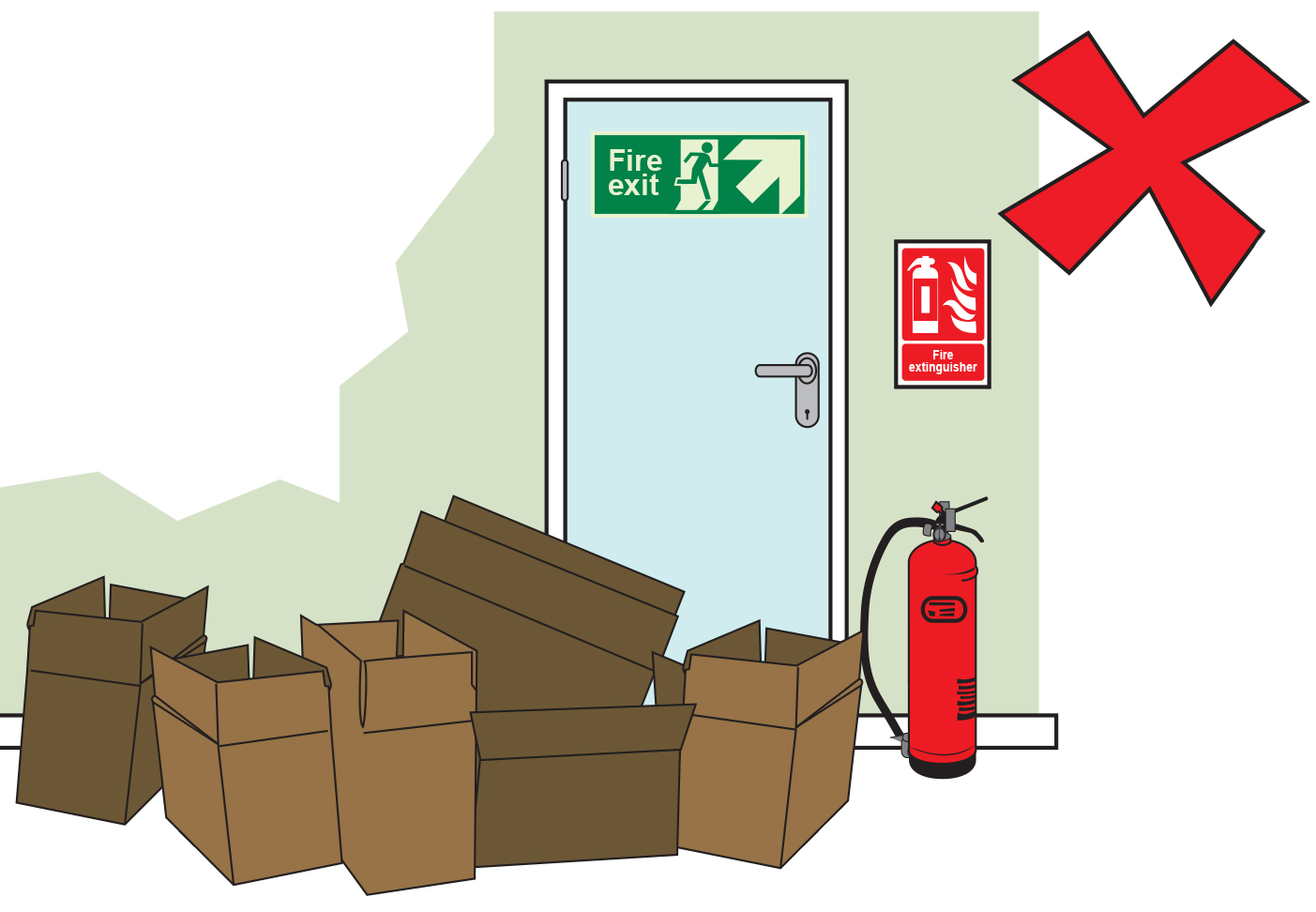


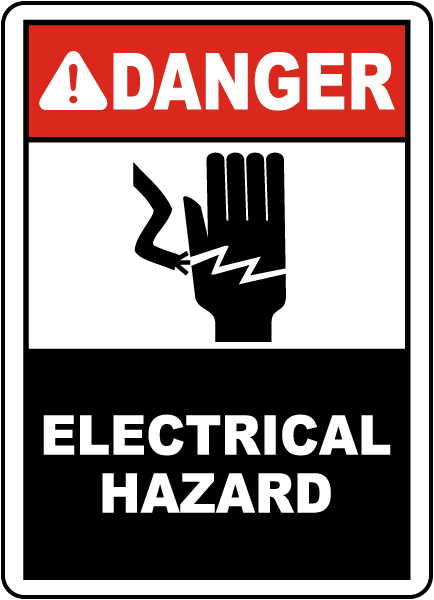
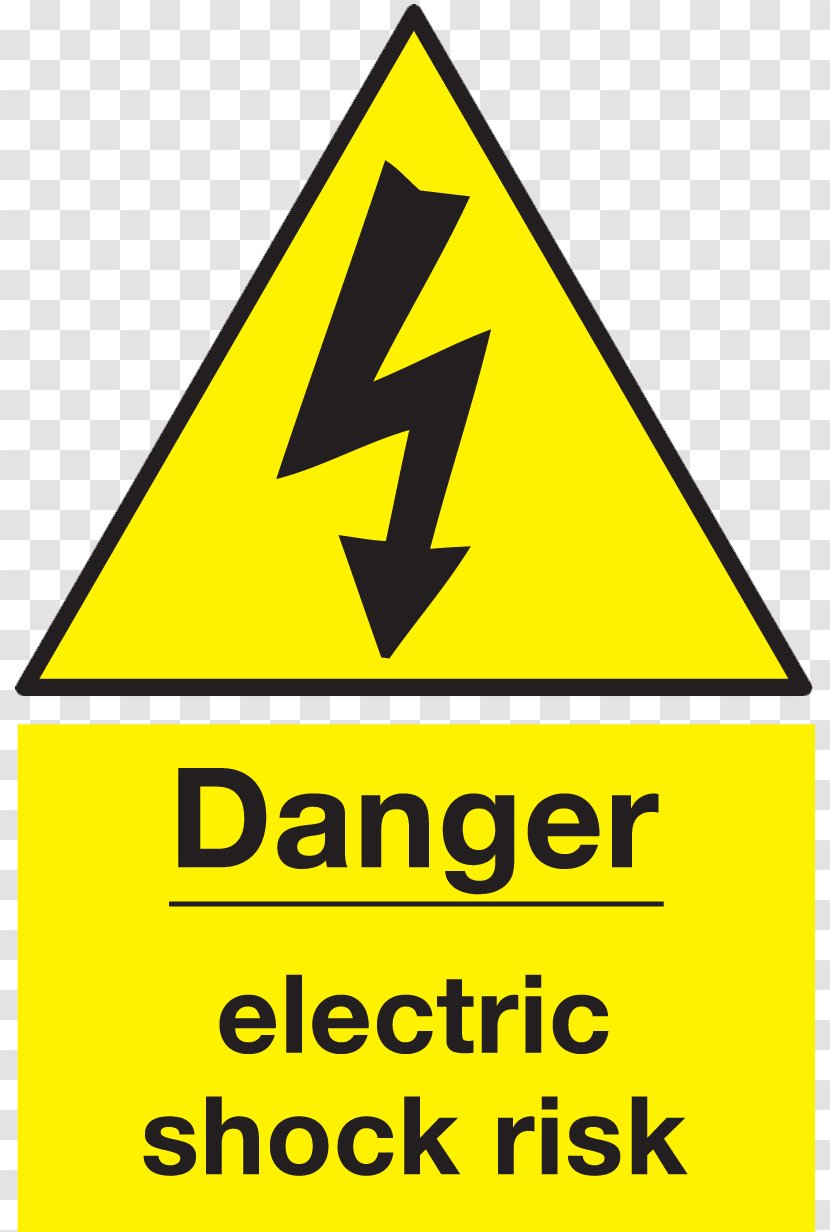
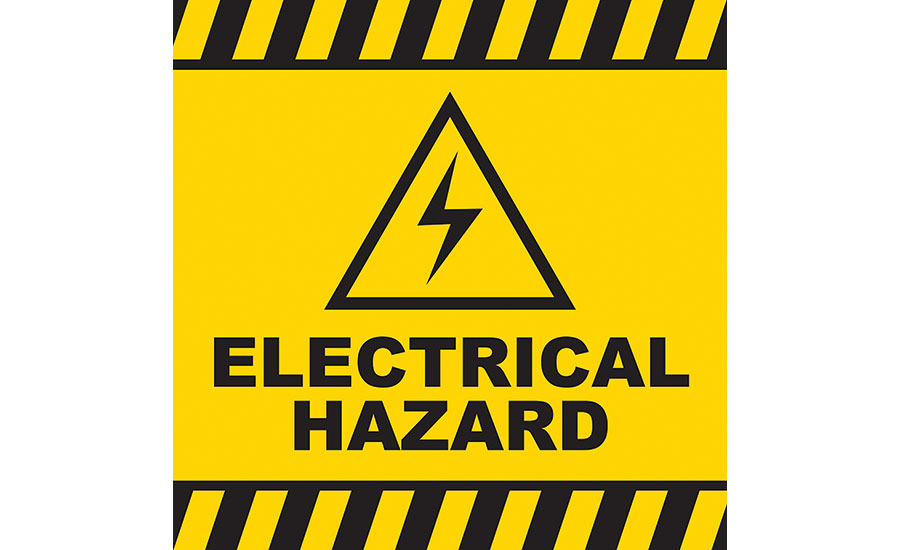
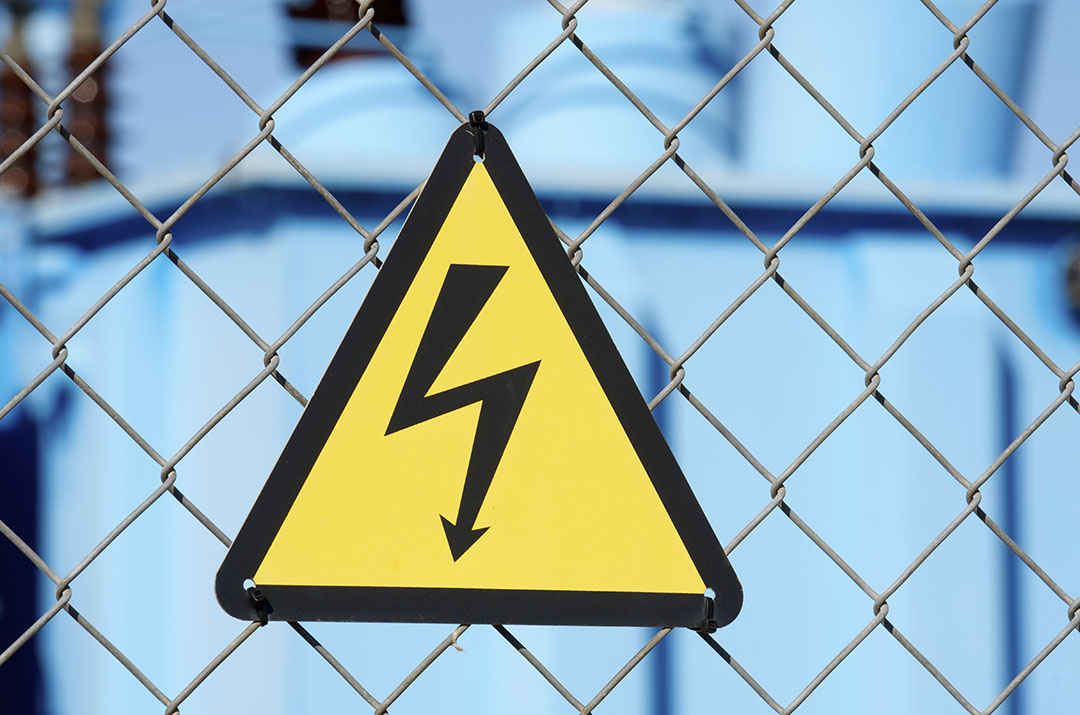
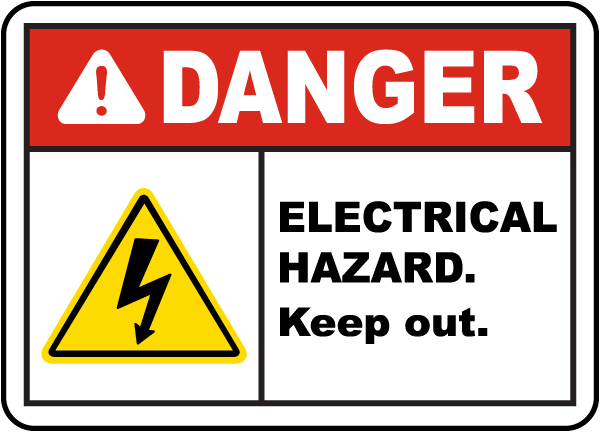
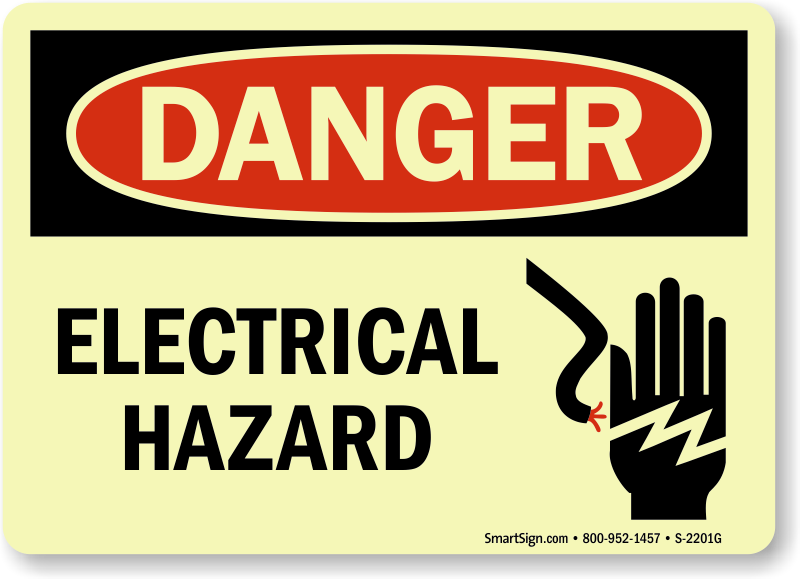
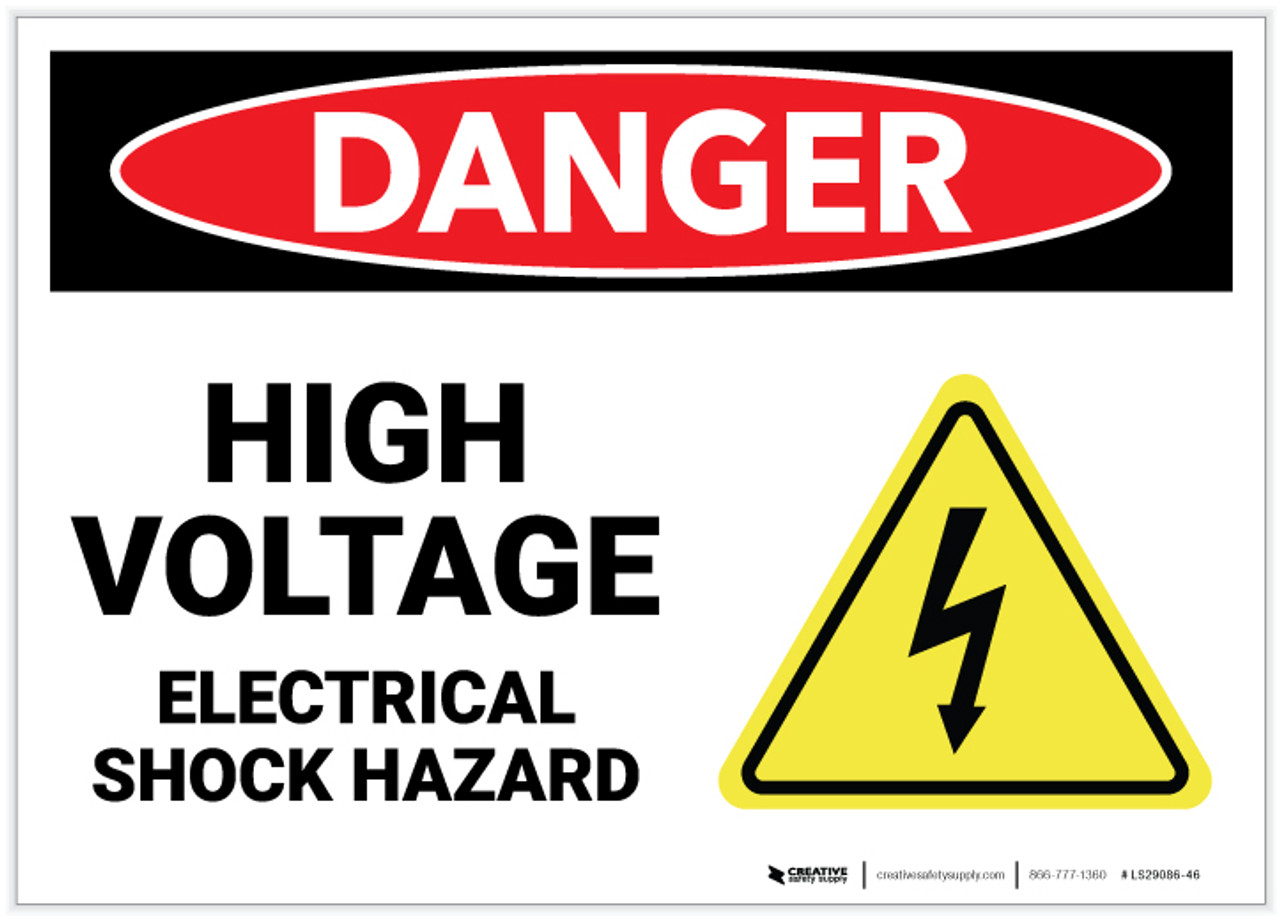
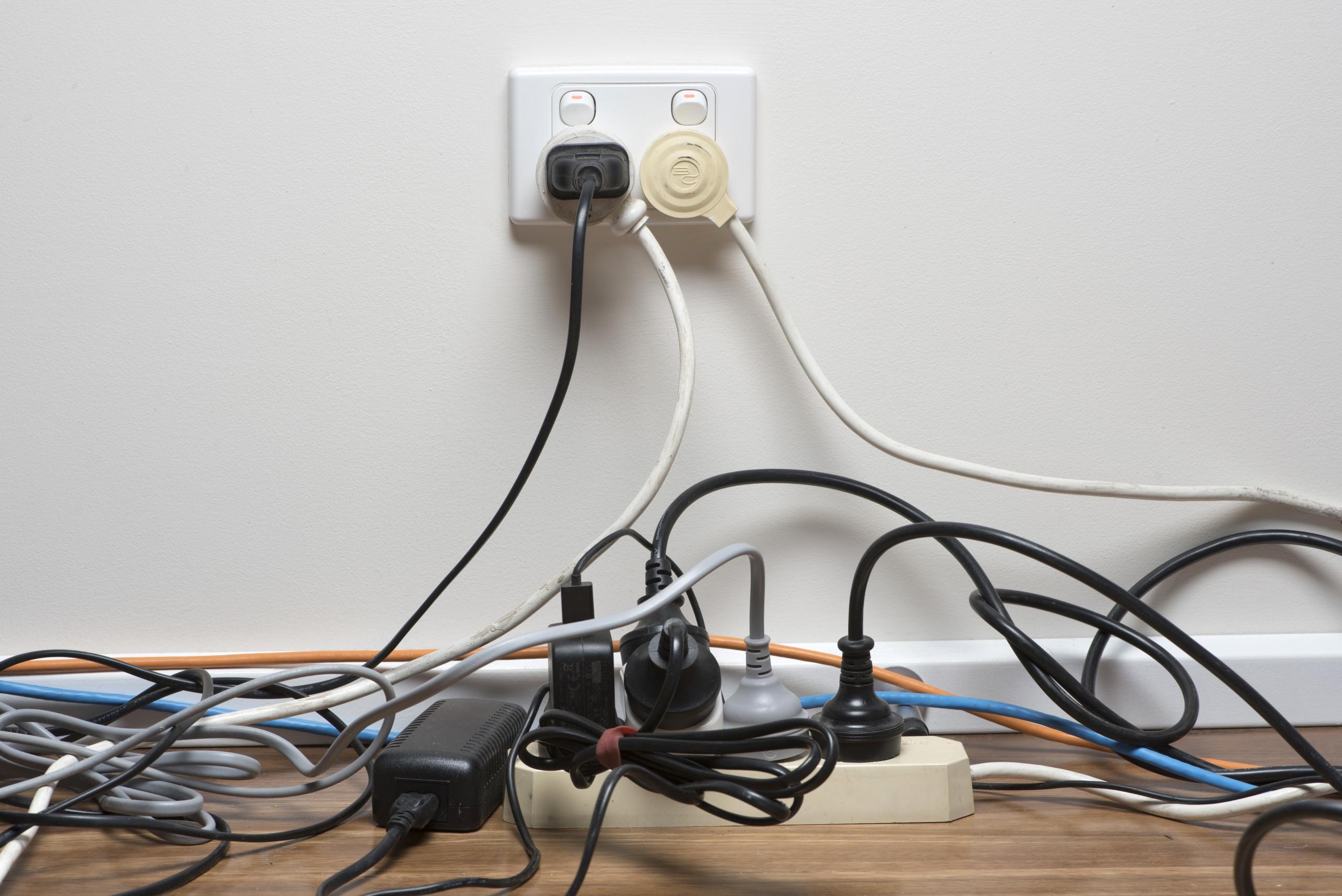
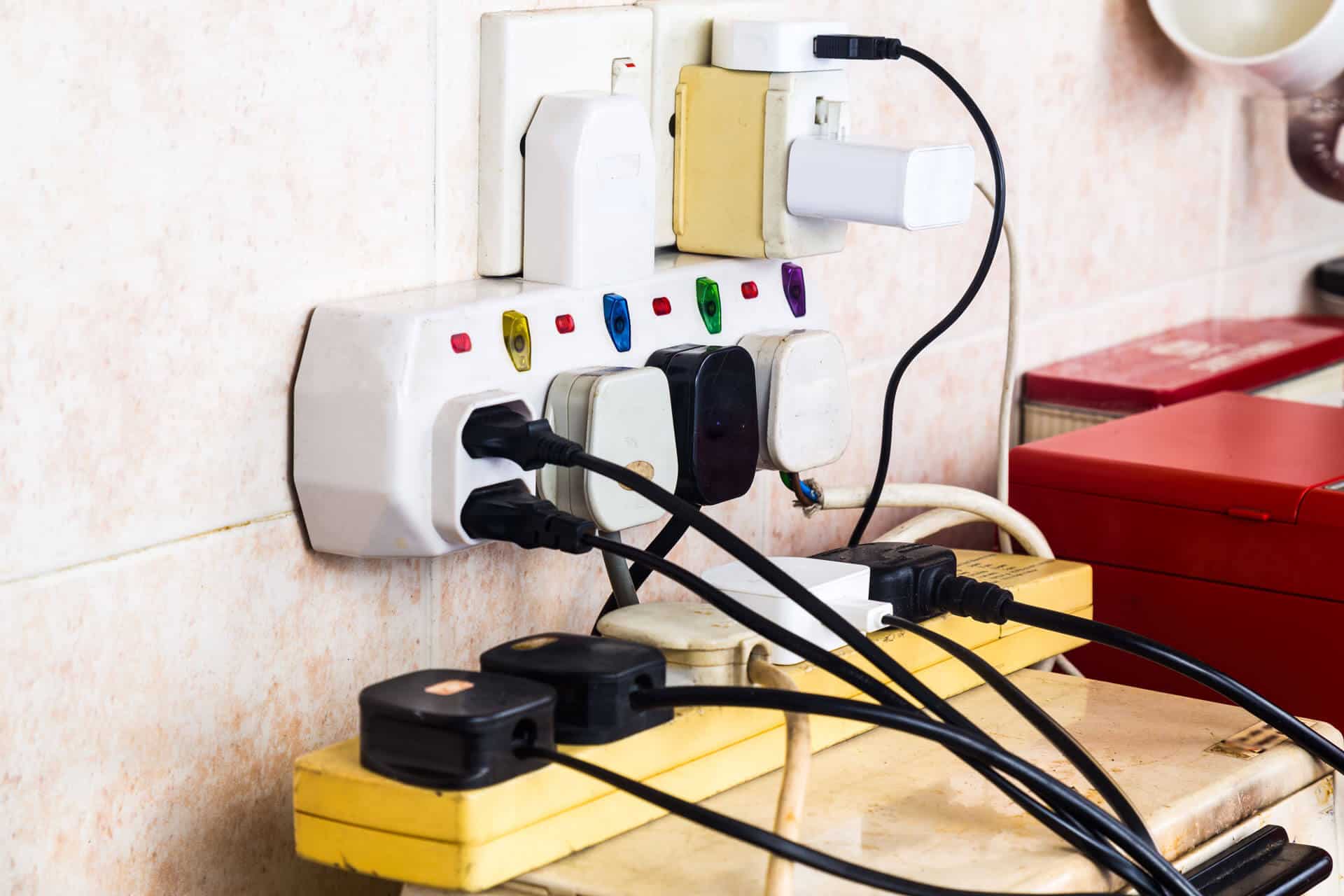



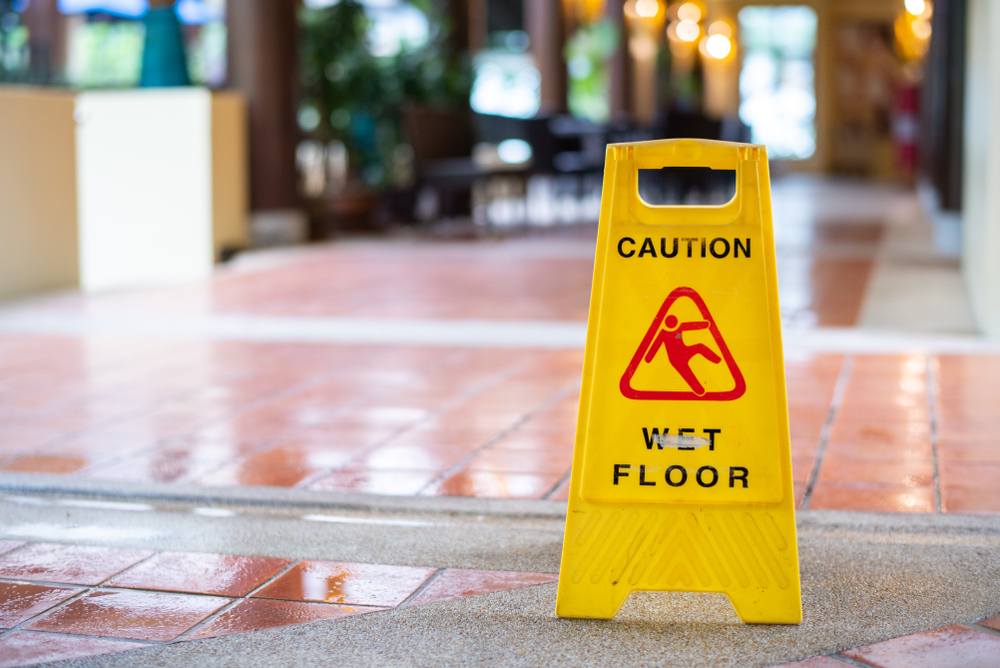

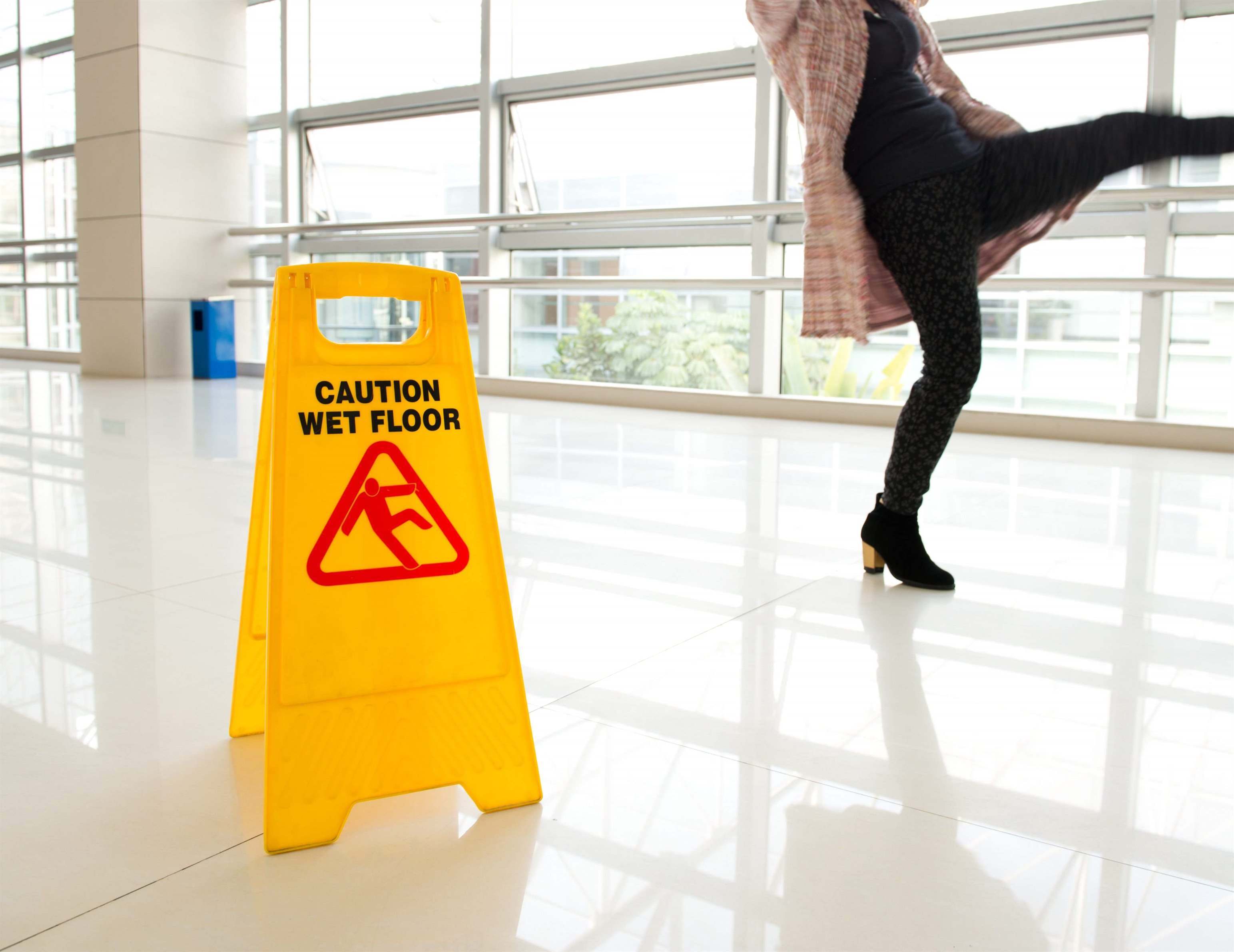

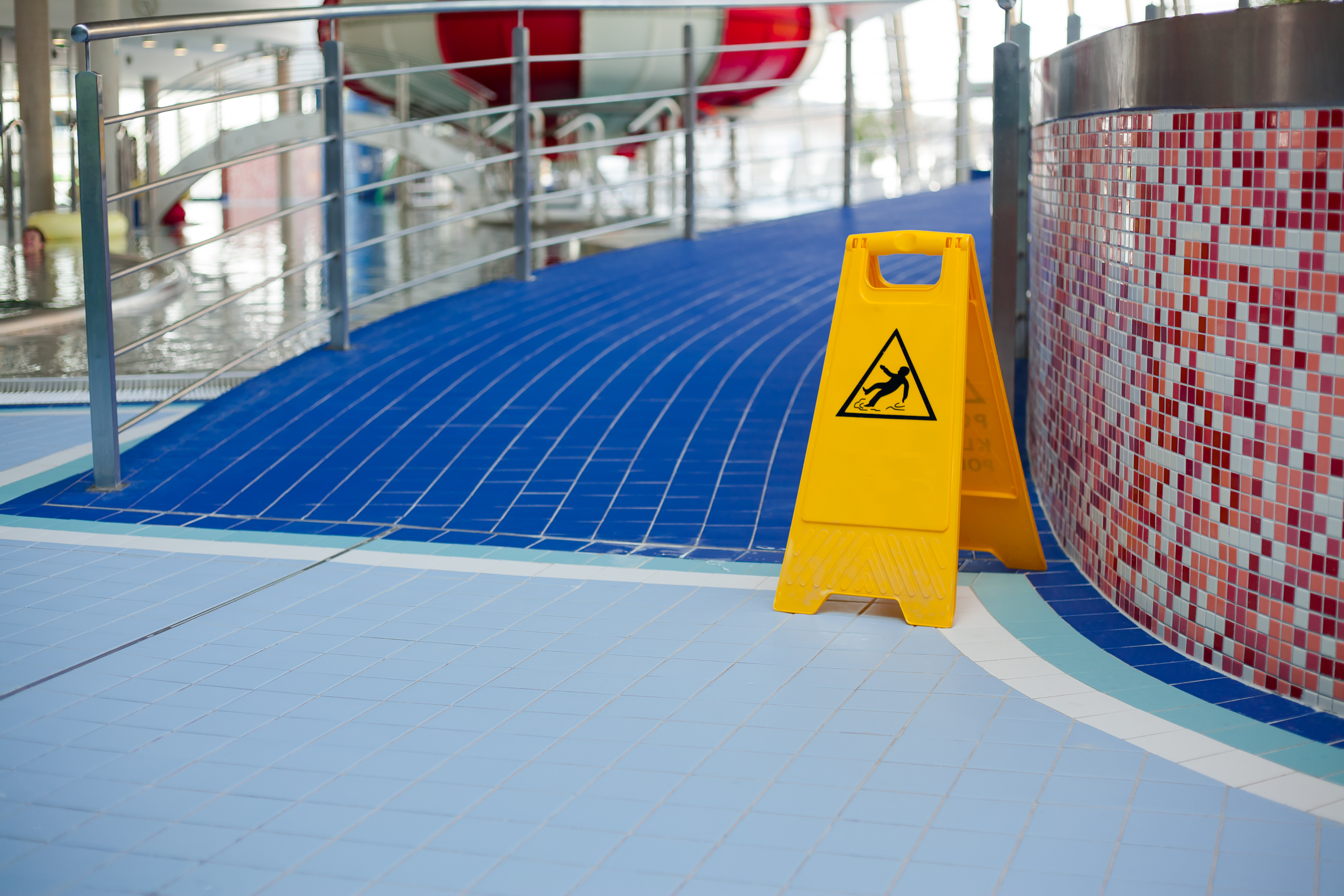
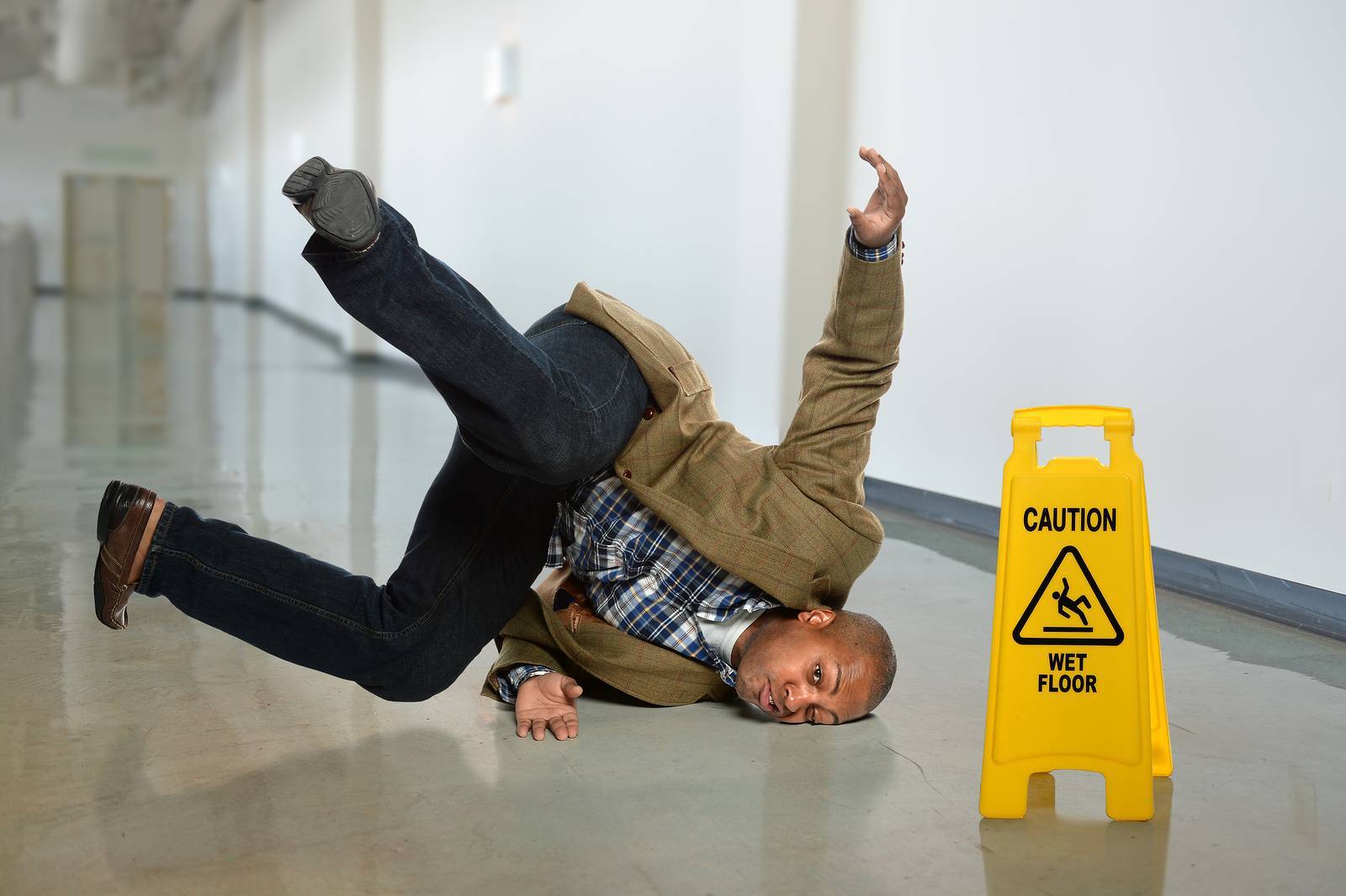
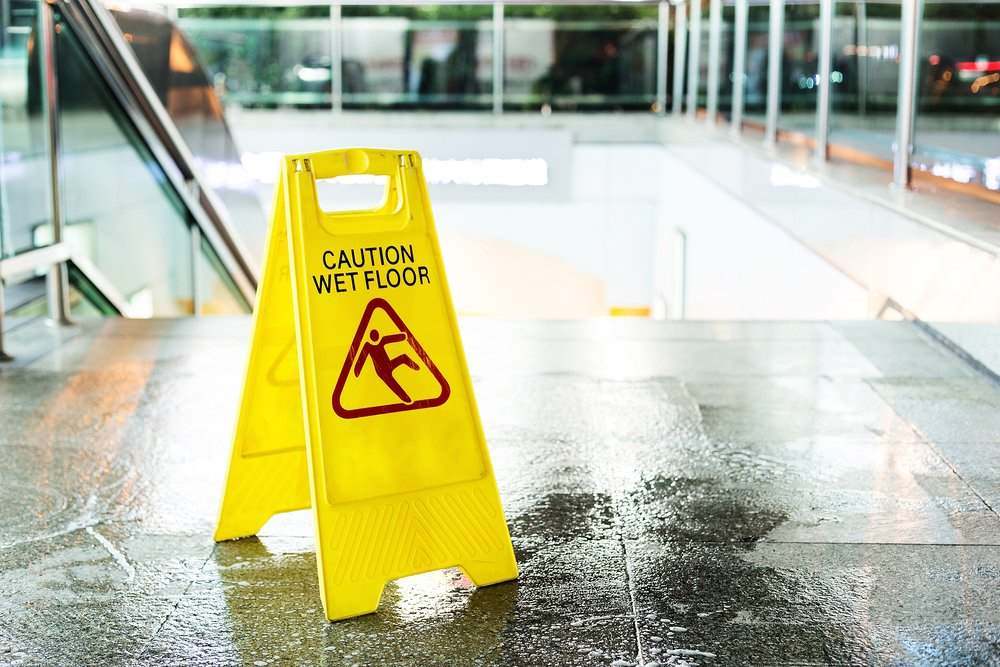
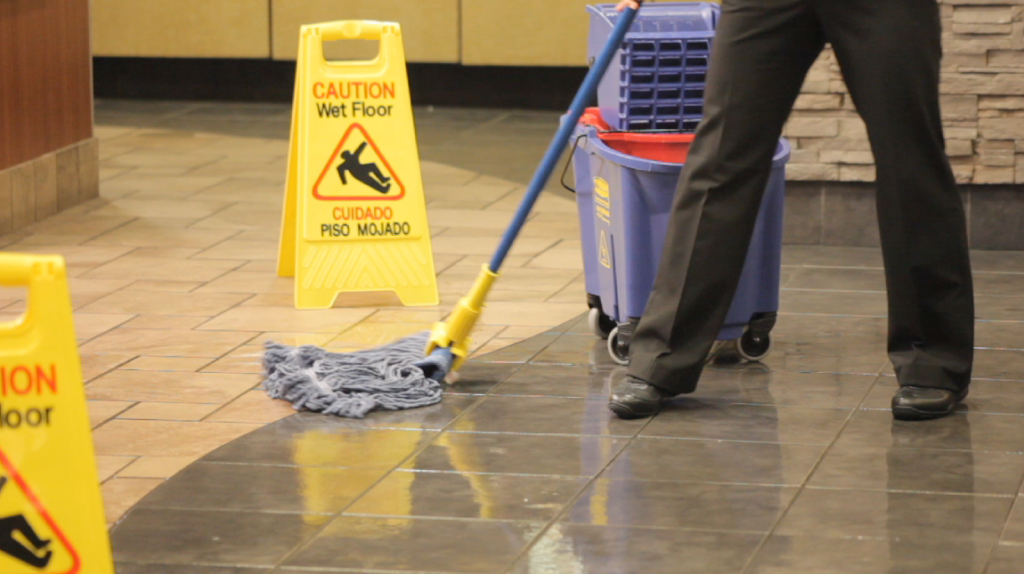












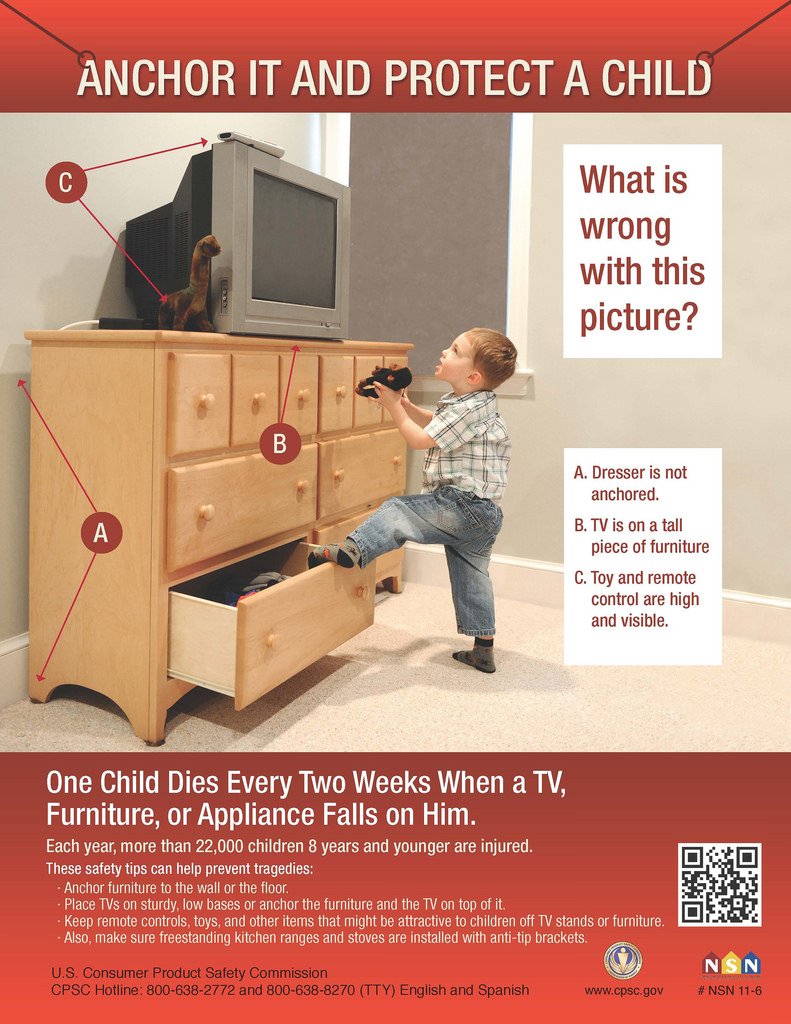

.jpg)

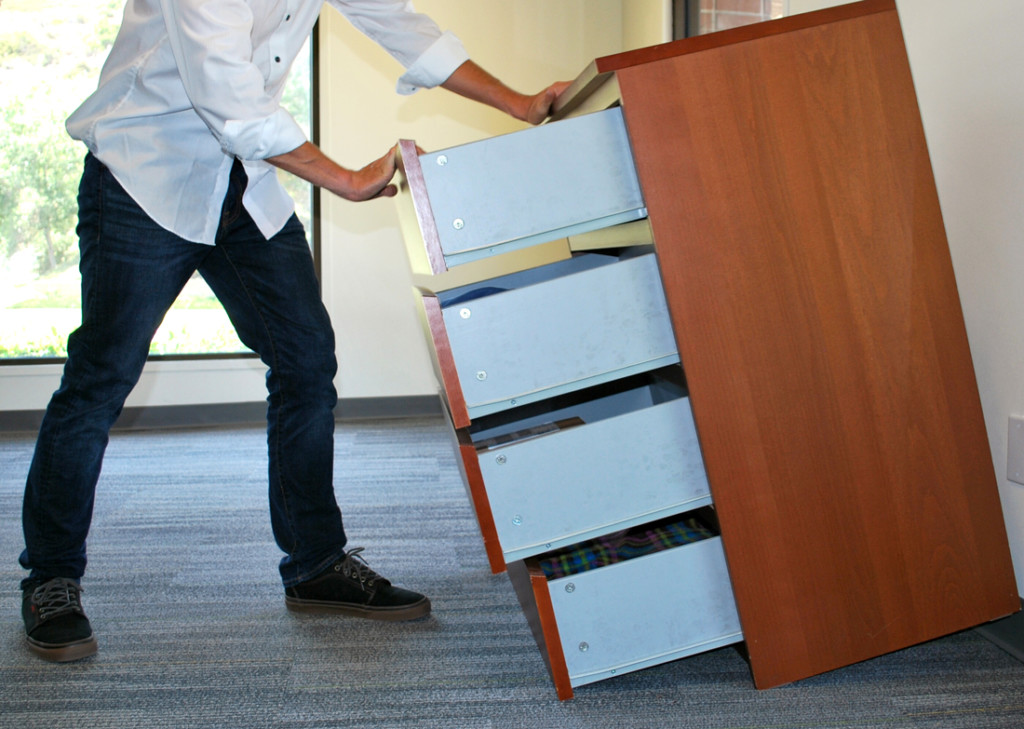
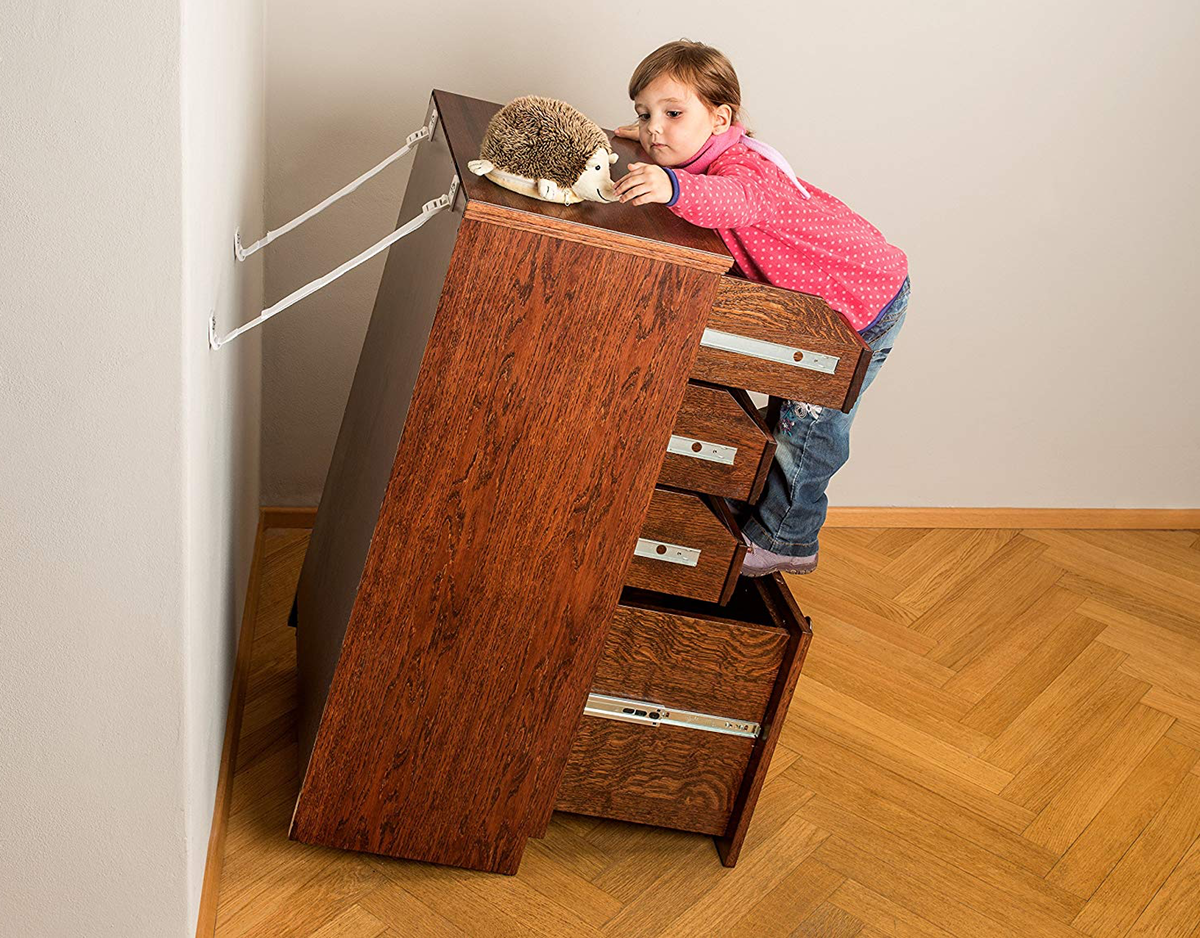
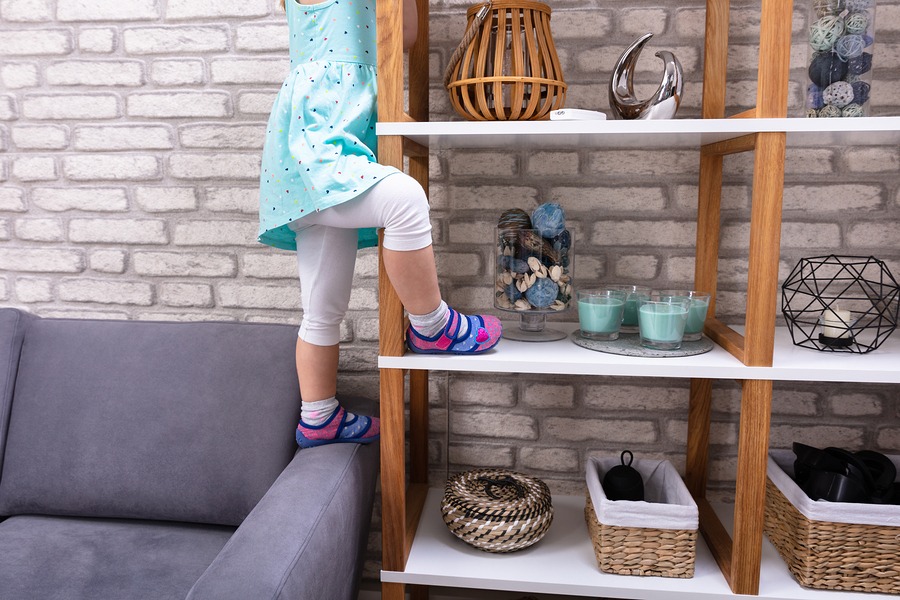

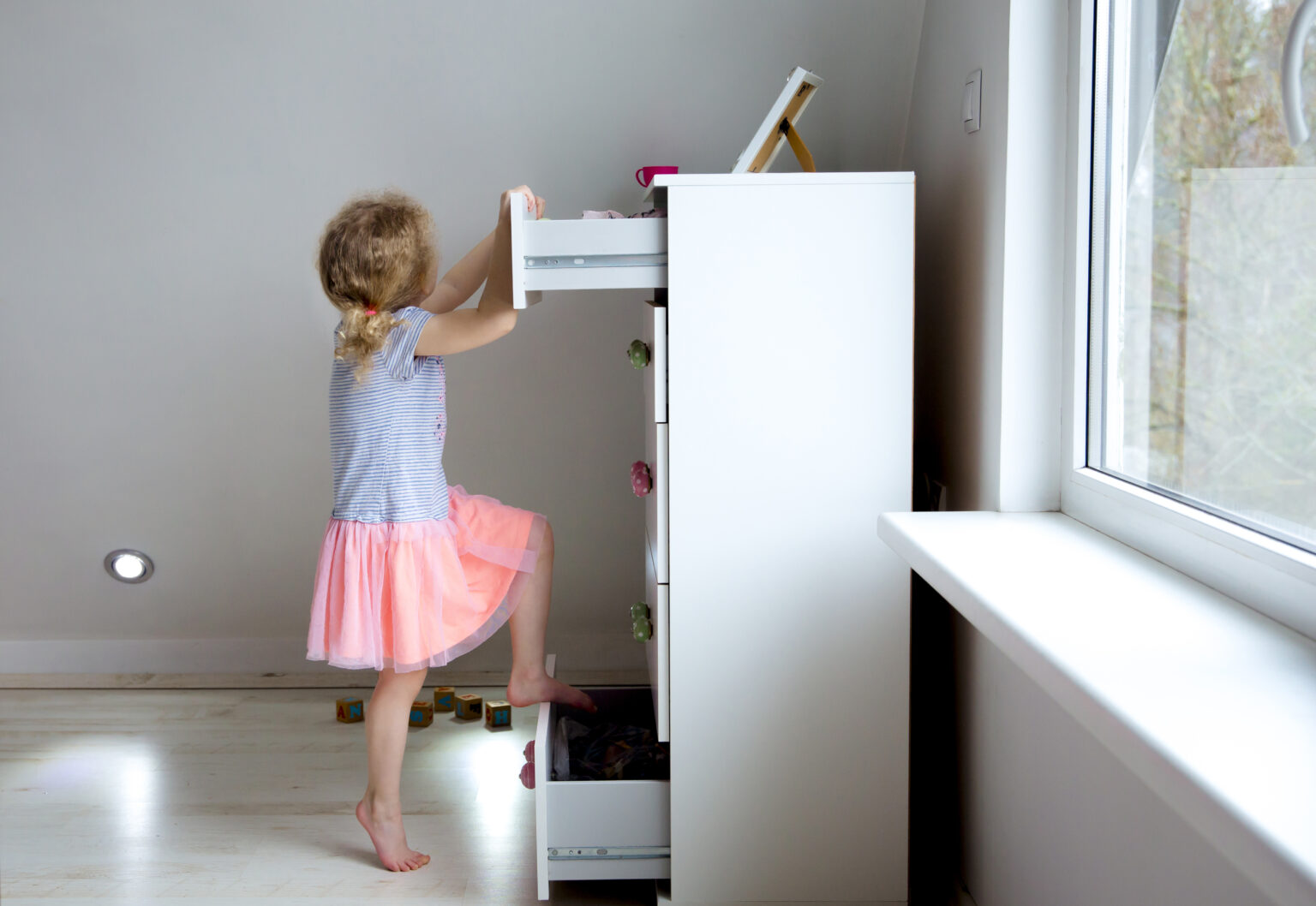




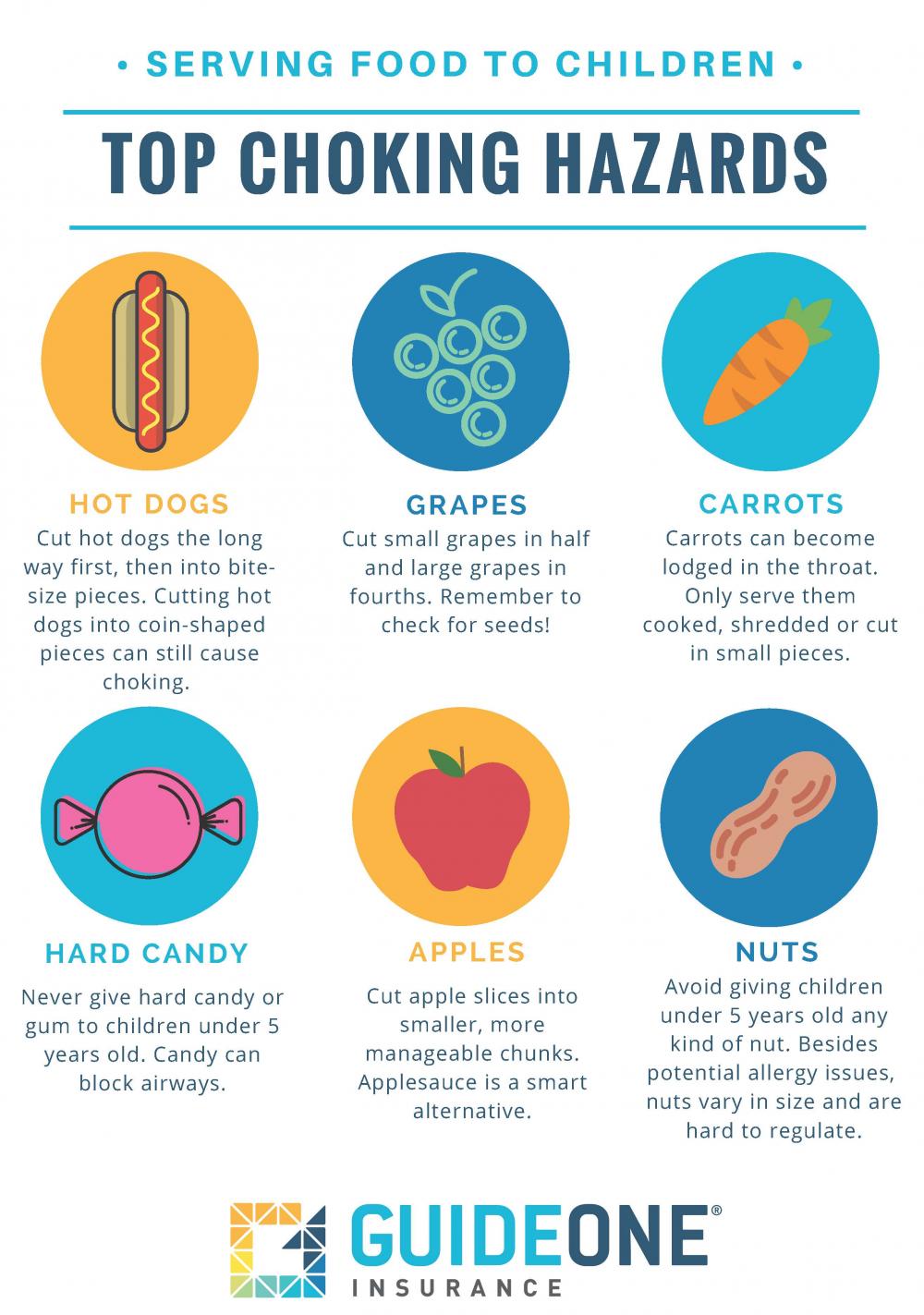
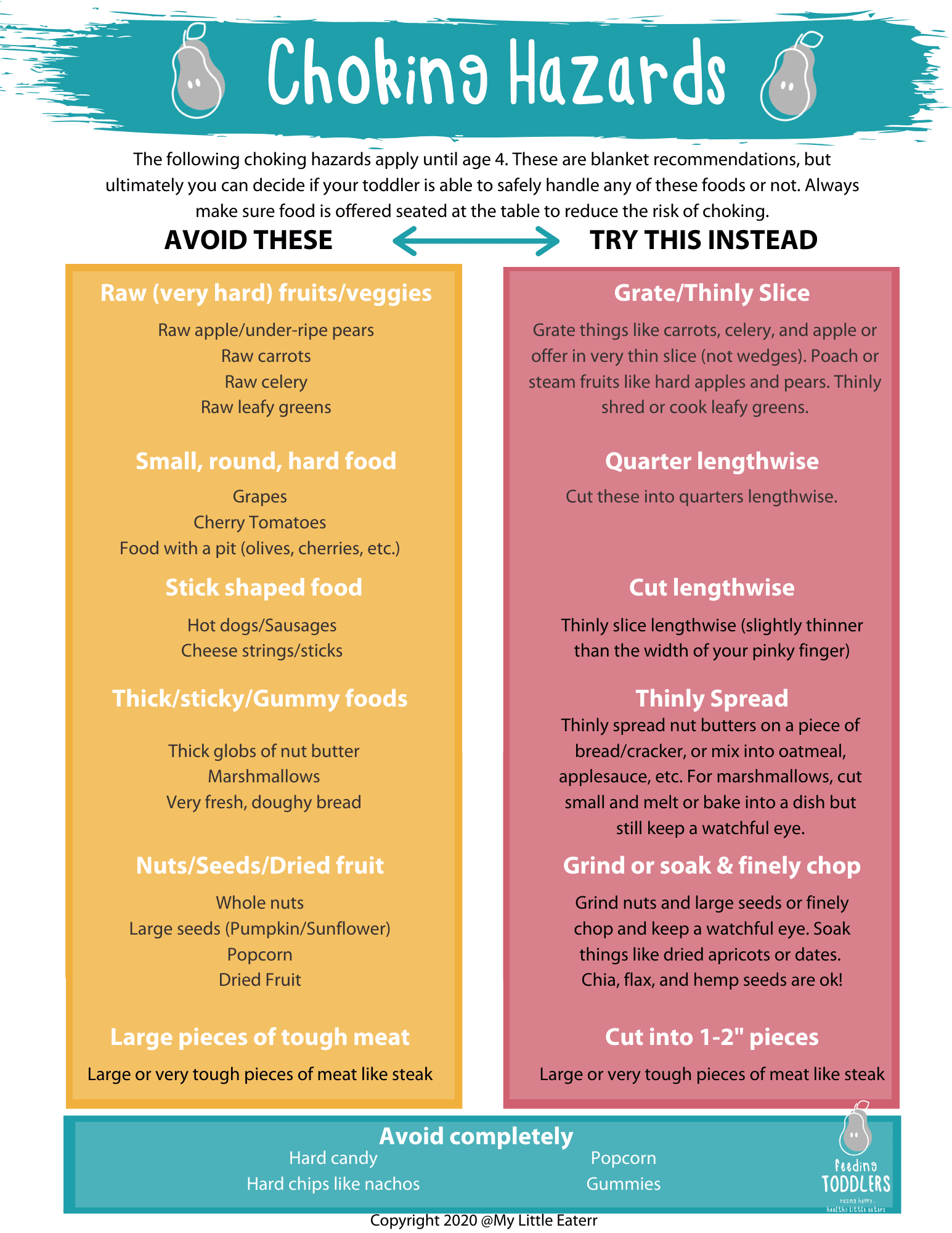

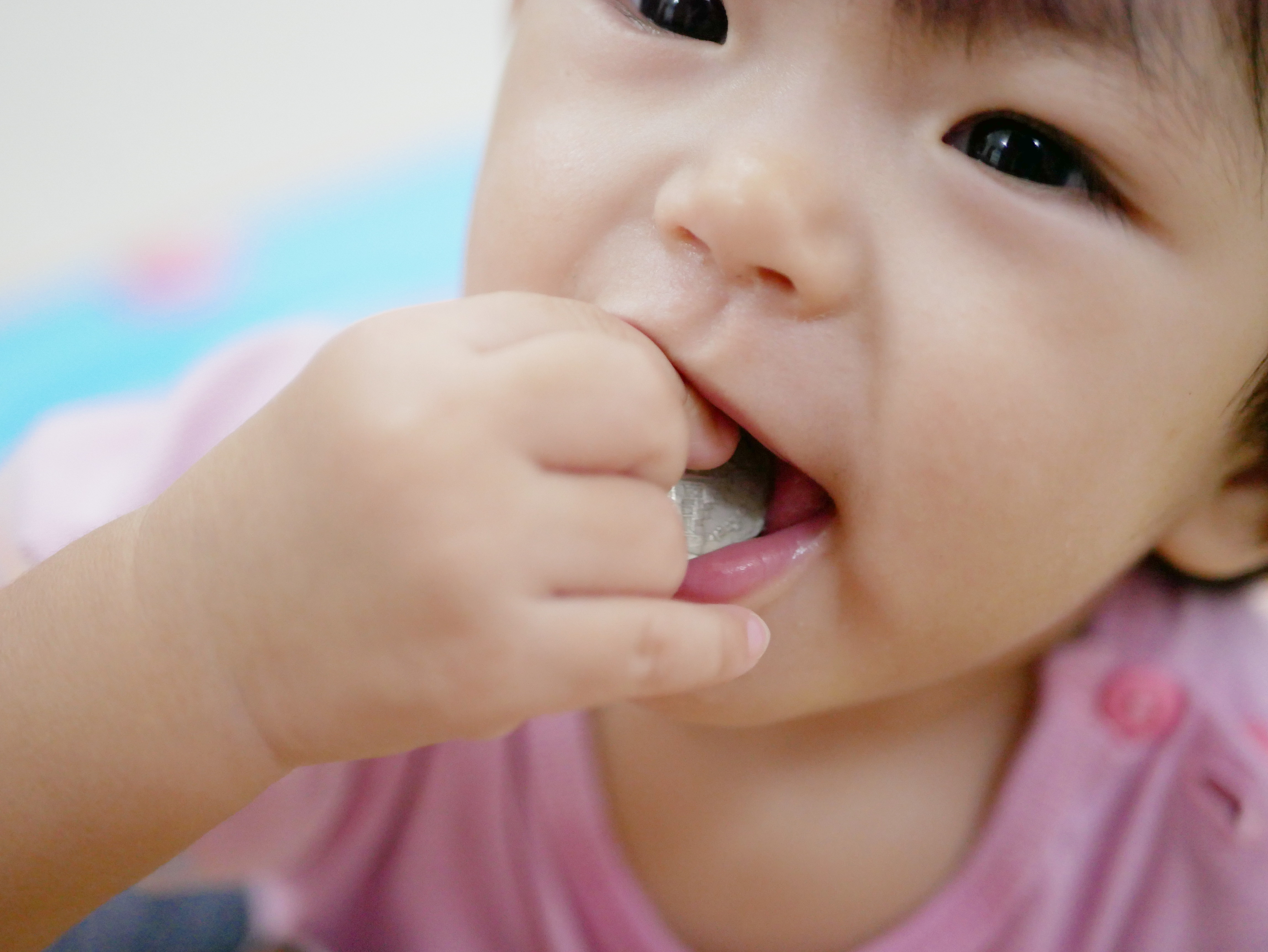
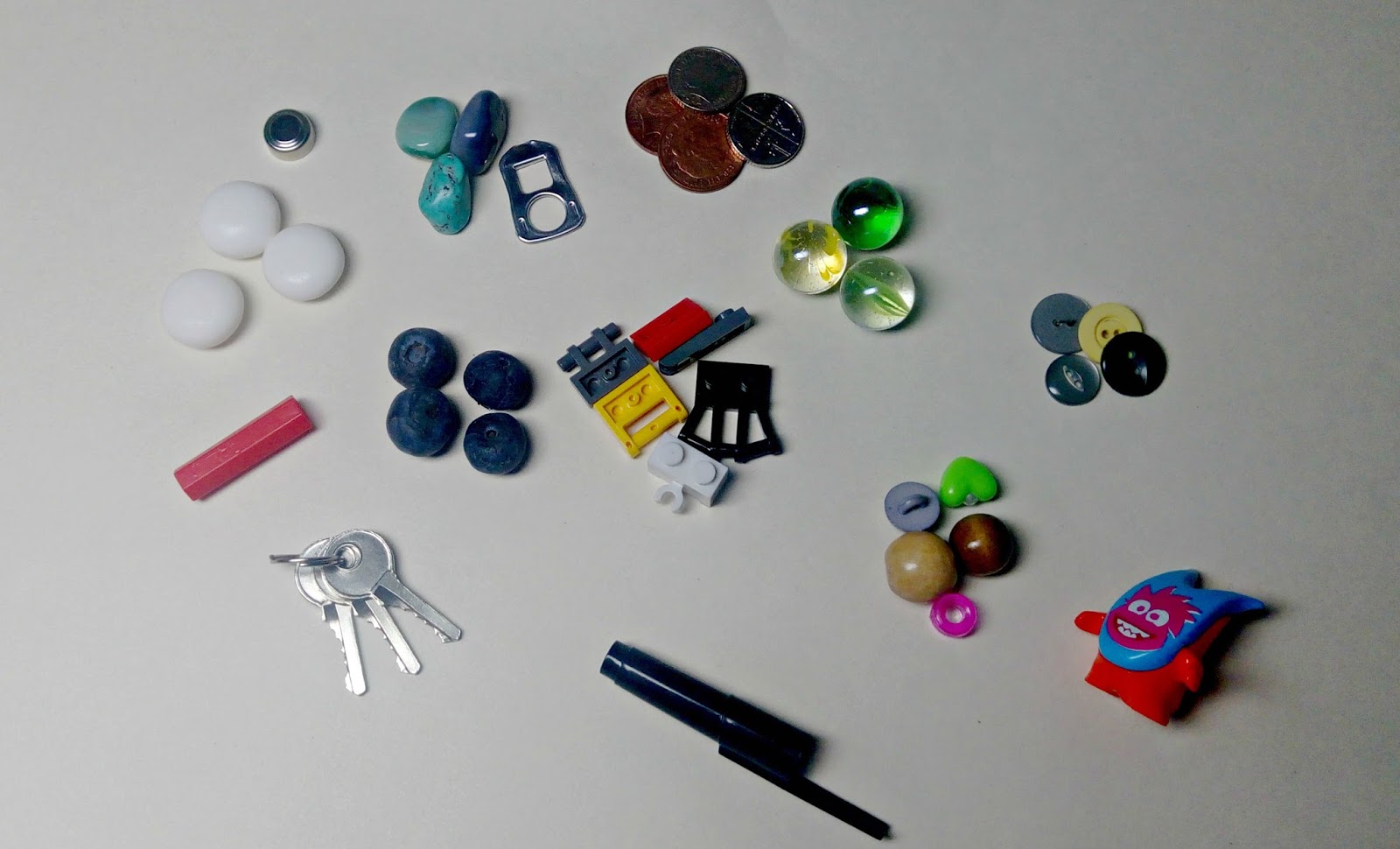




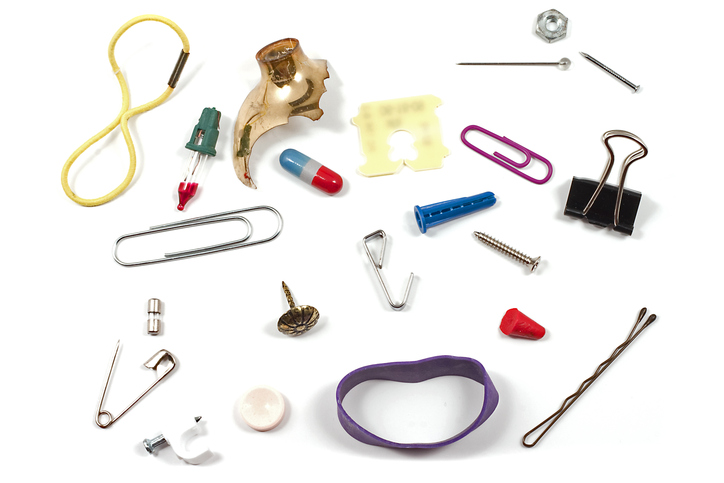

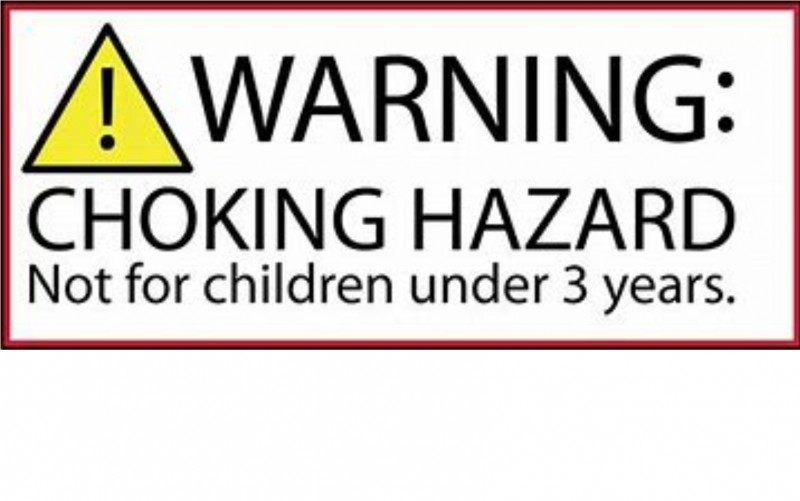


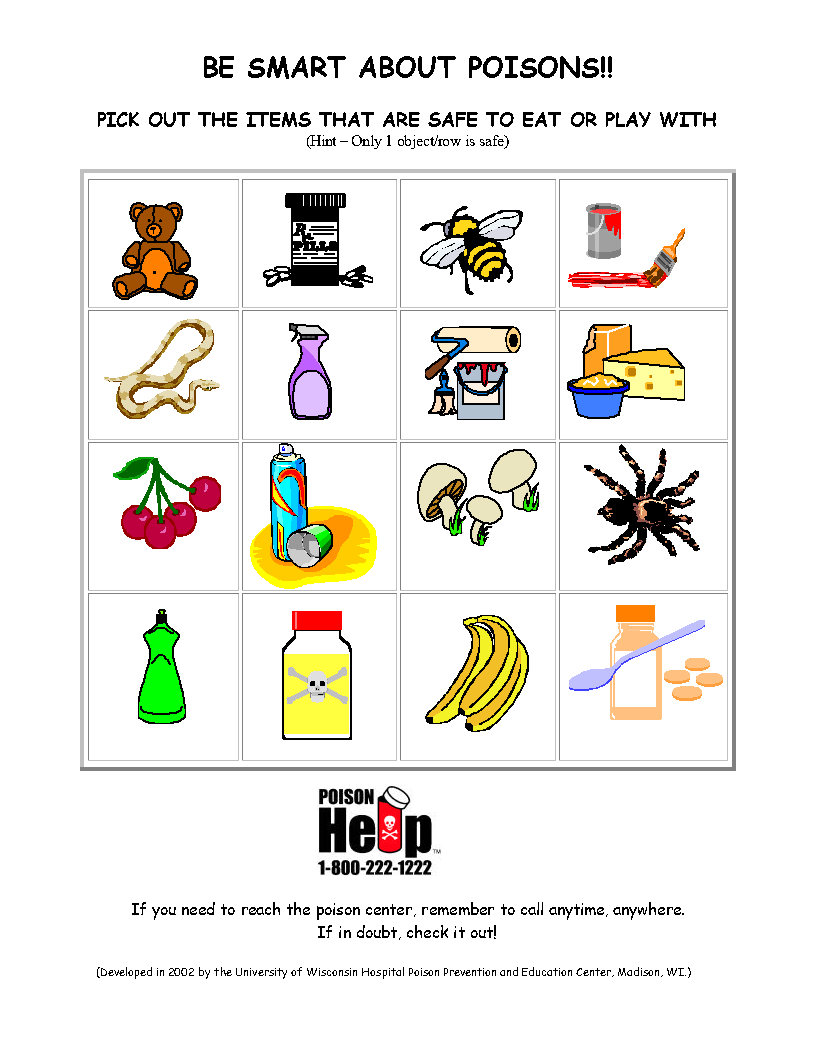


/studio-shot-of-poison-spilling-from-bottle-116363701-584592265f9b5851e5572315.jpg)

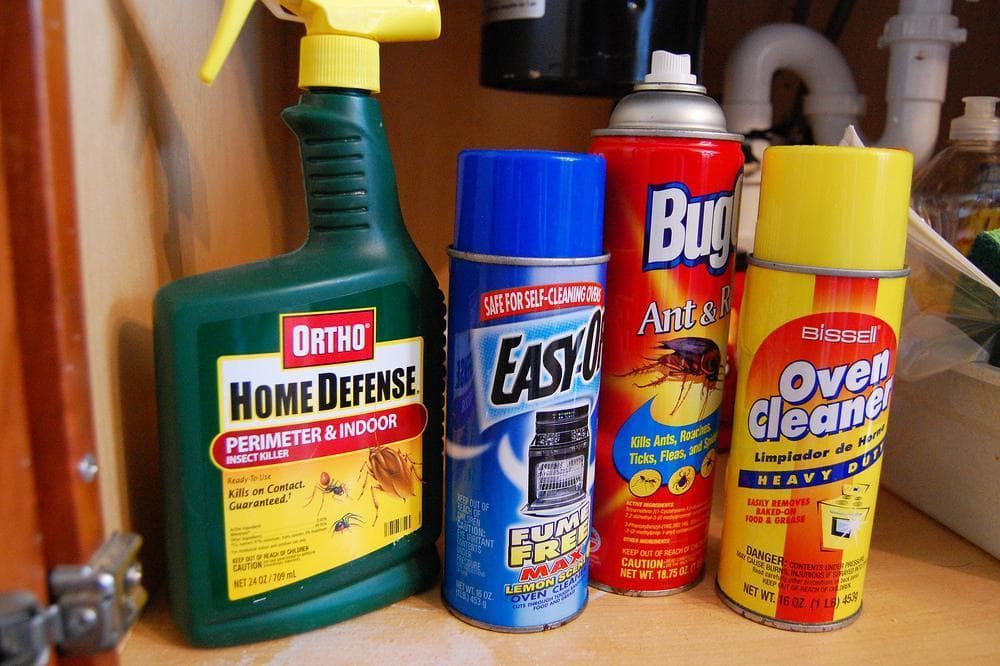



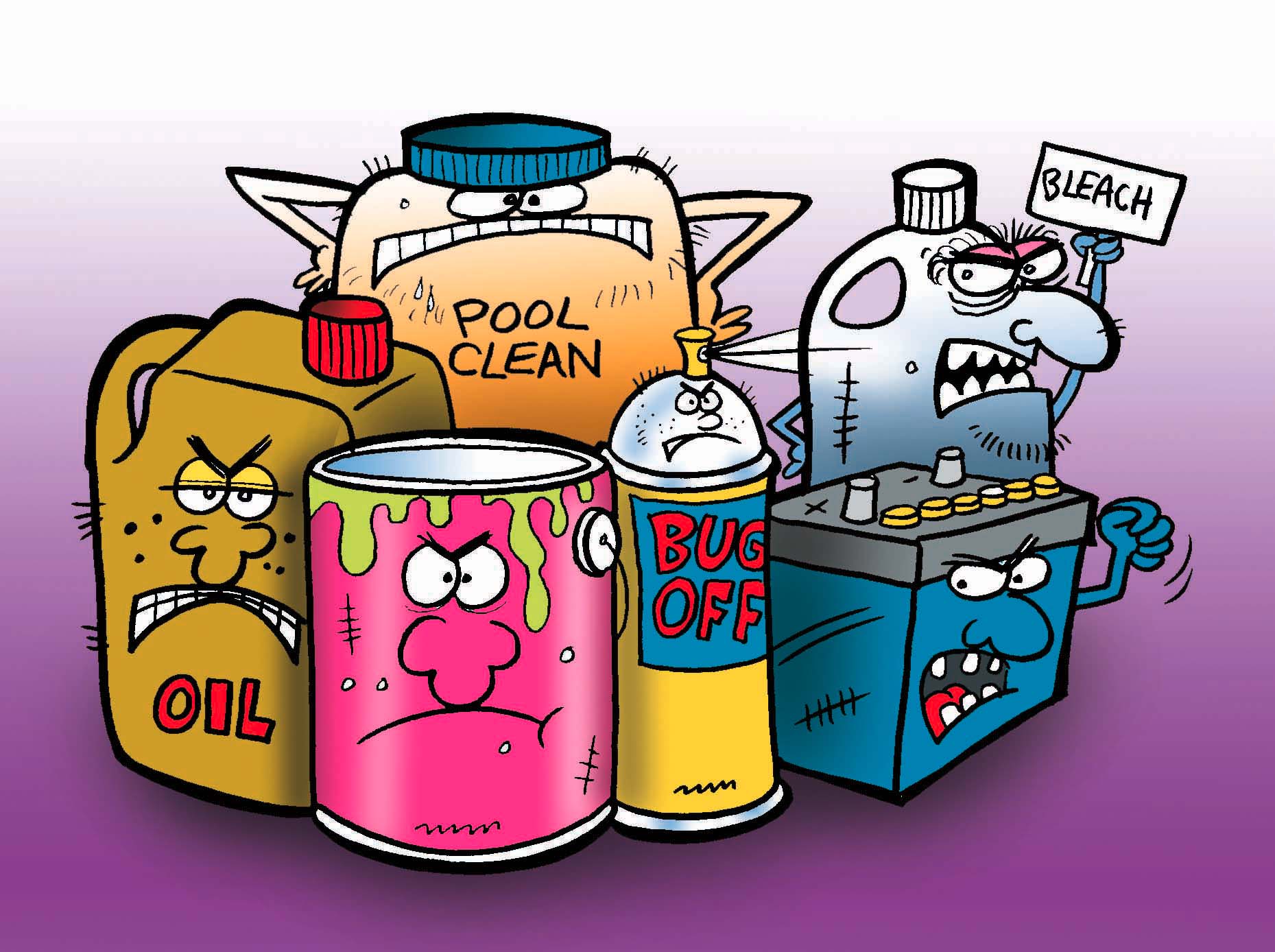
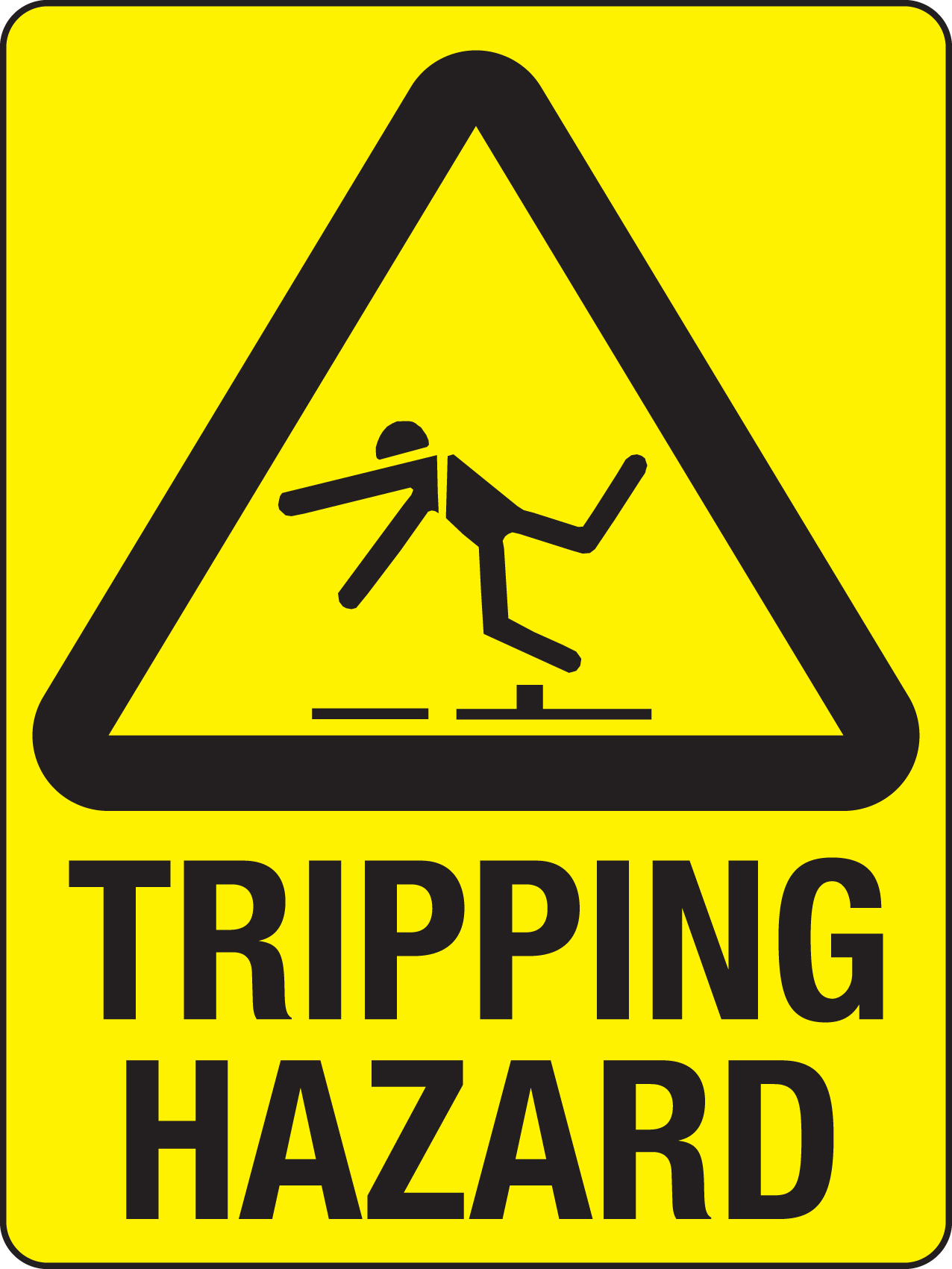


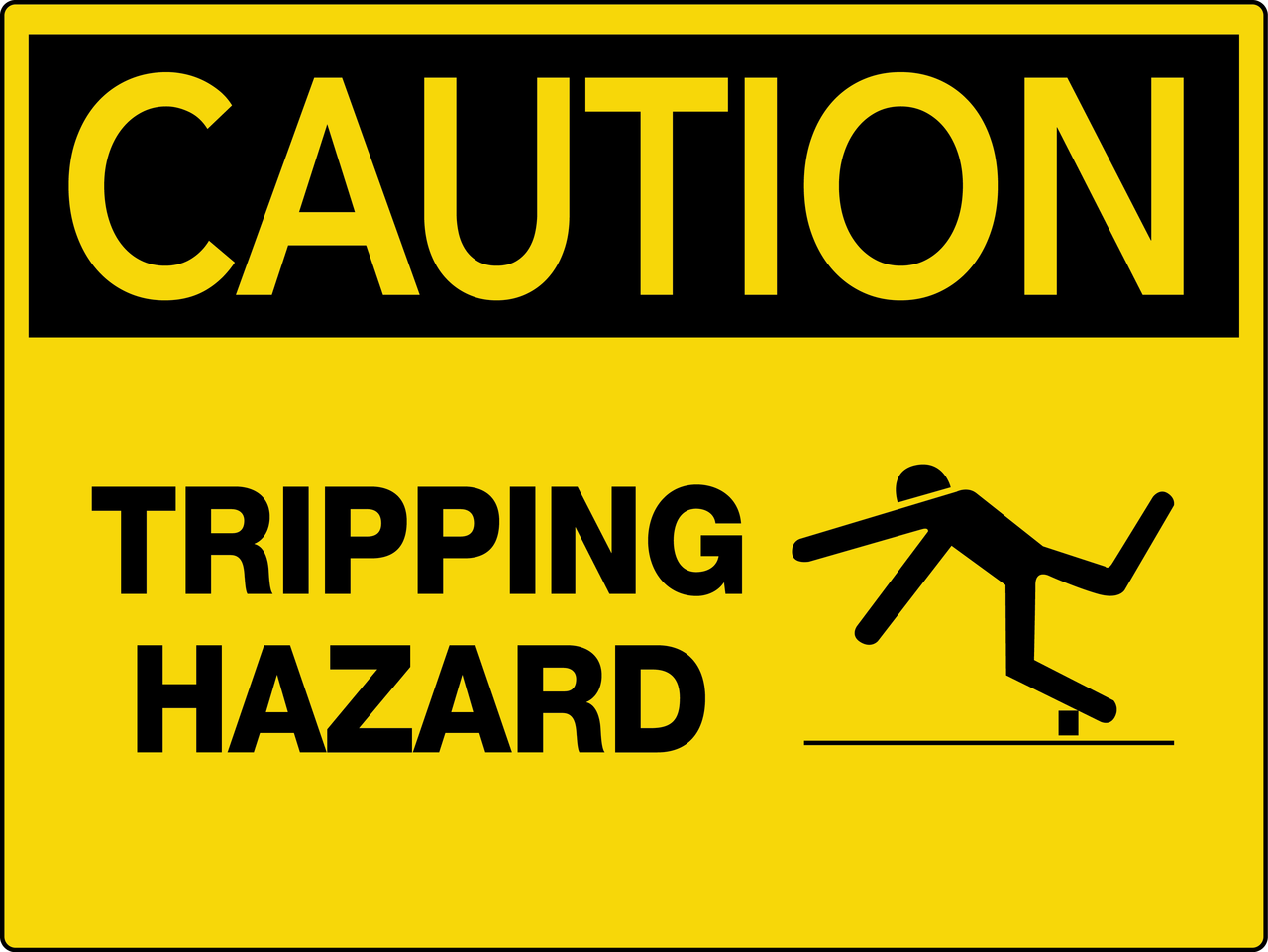
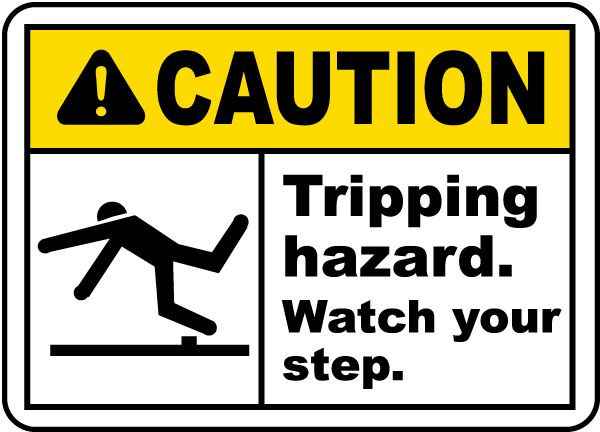

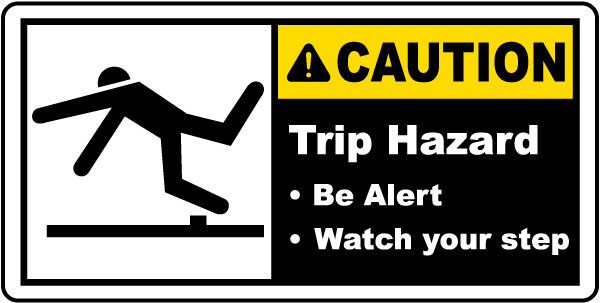


















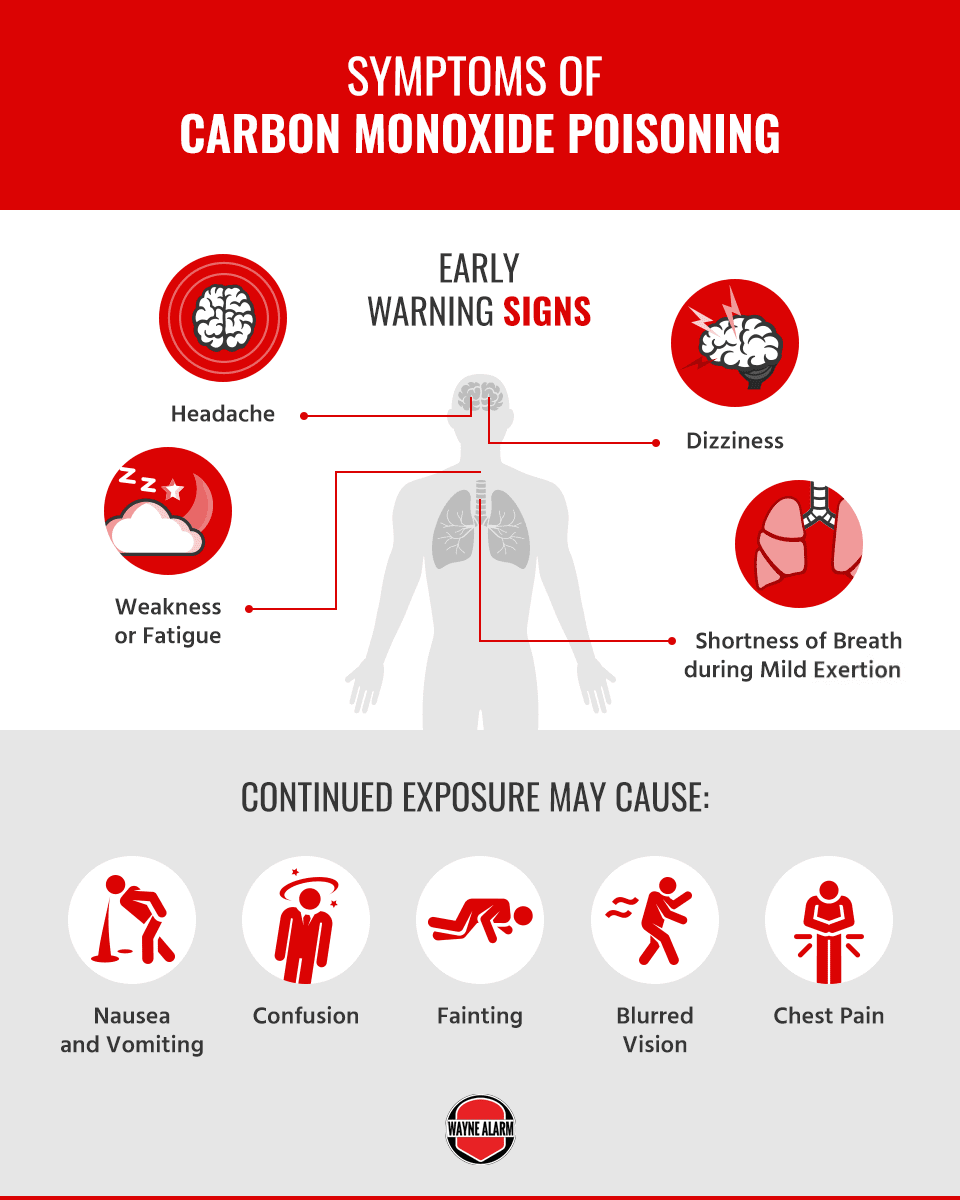
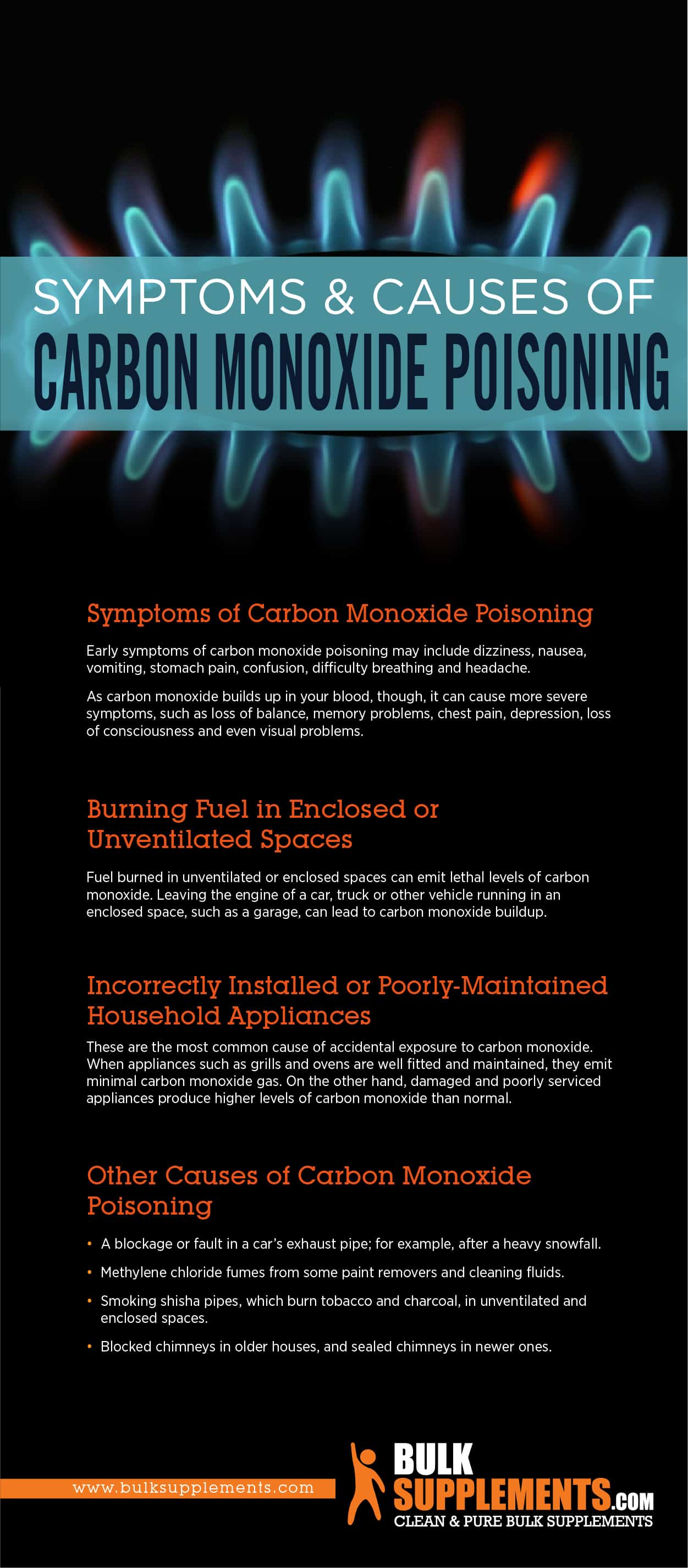

:max_bytes(150000):strip_icc()/carbon-monoxide-poisoning-3885555_final-4f1e13cc579241aeaee6df0d8d24eb8b.png)
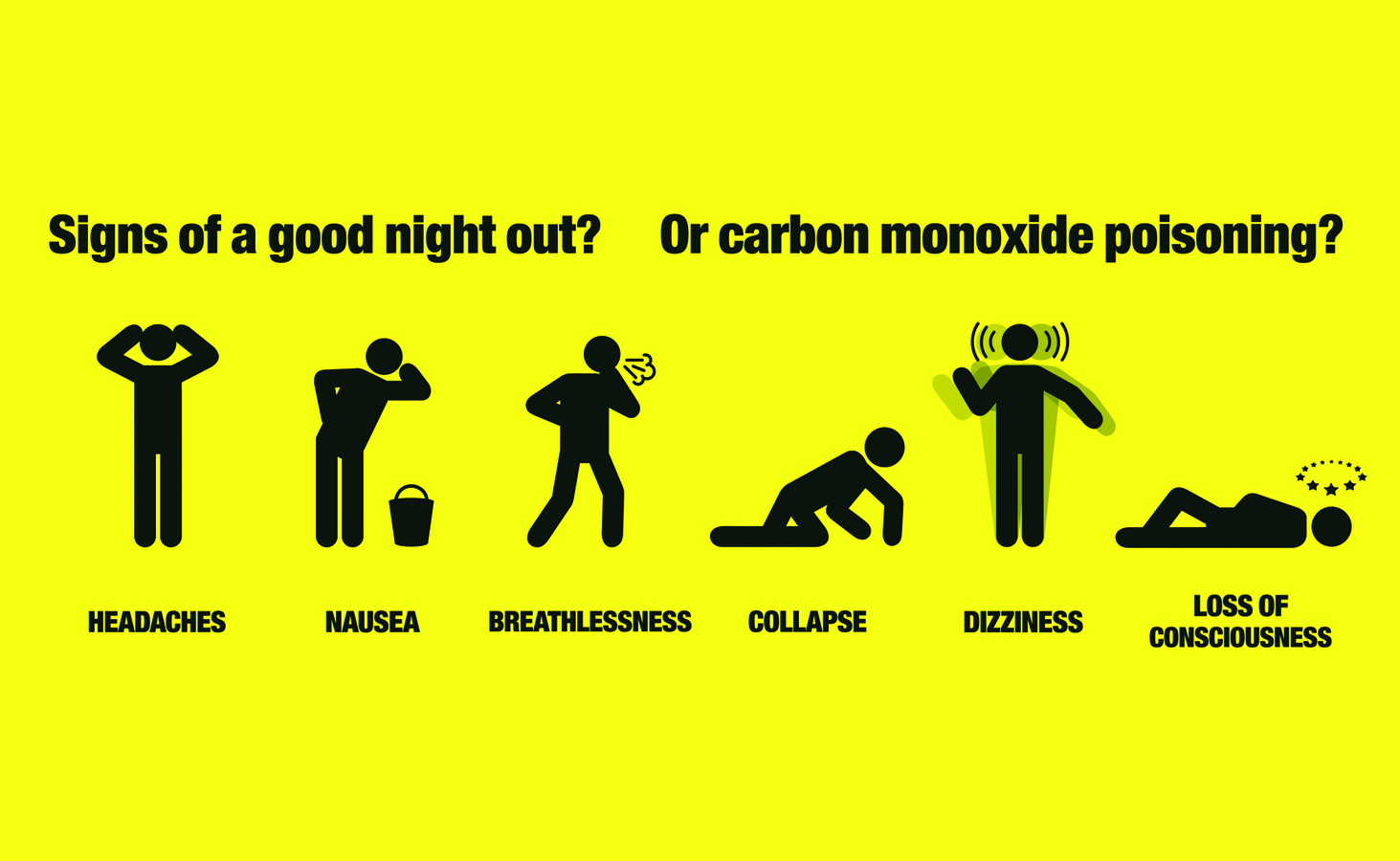
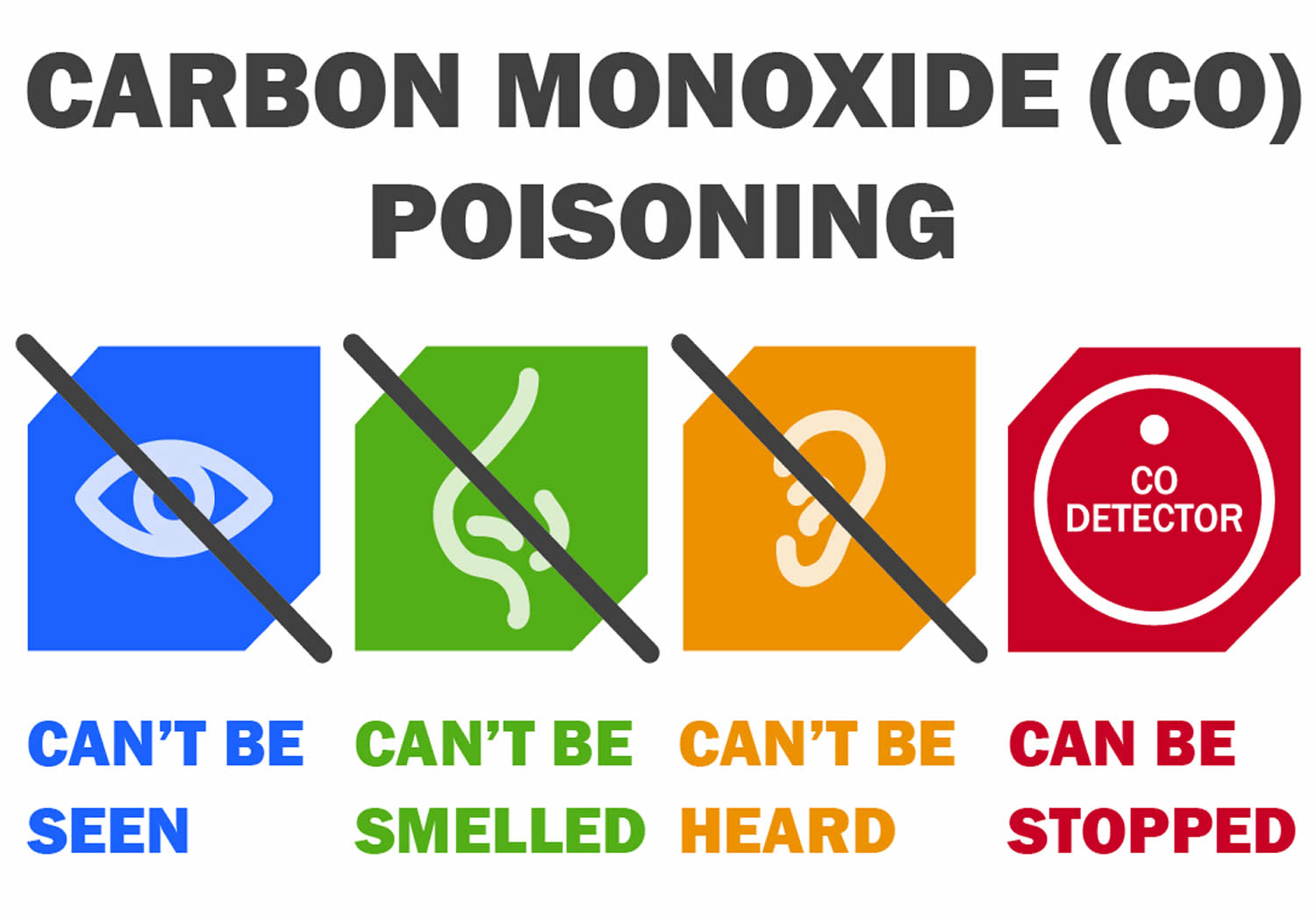
:max_bytes(150000):strip_icc()/what-is-carbon-monoxide-Final-27d97041ac95424c9af73c0dd25adcad.jpg)
